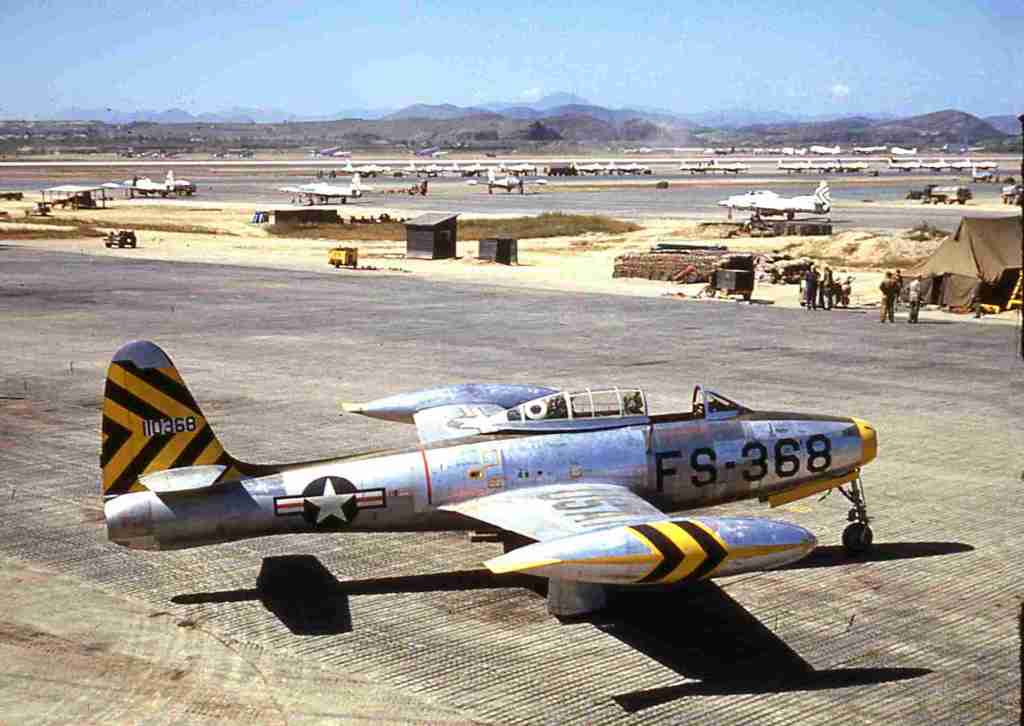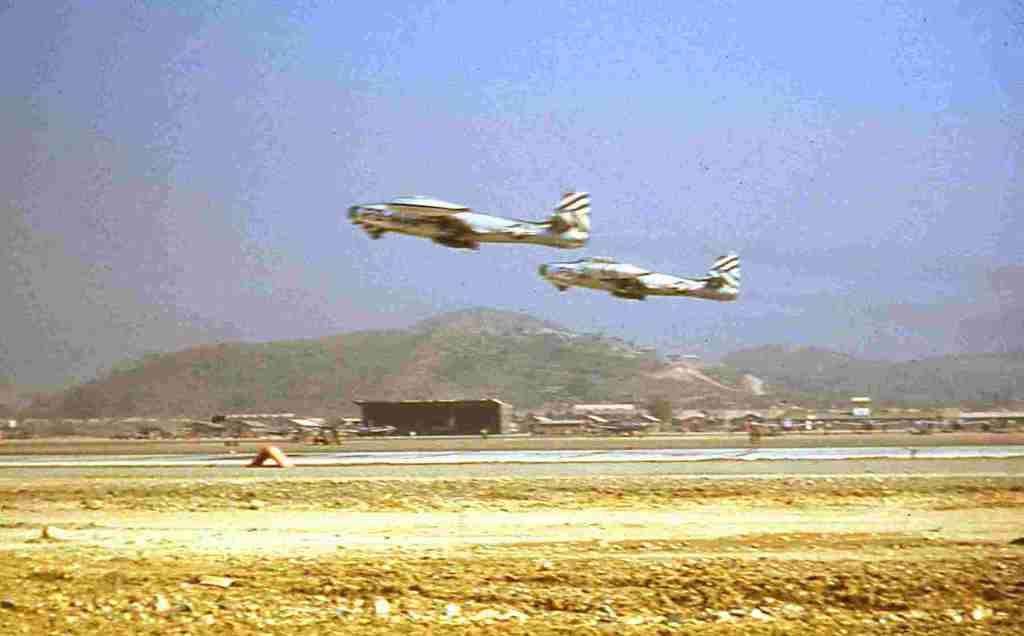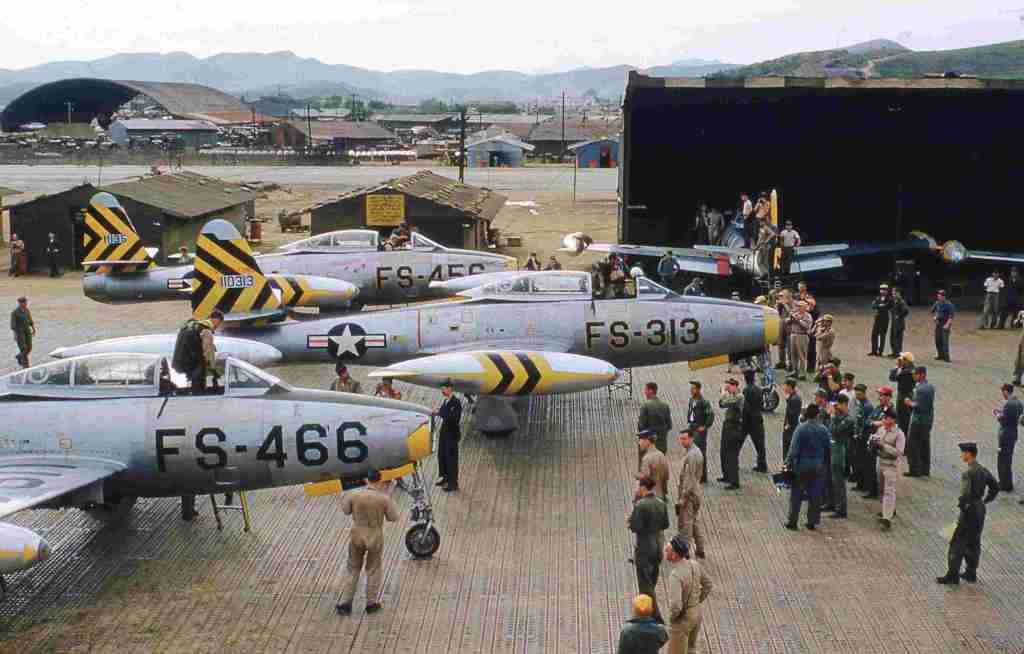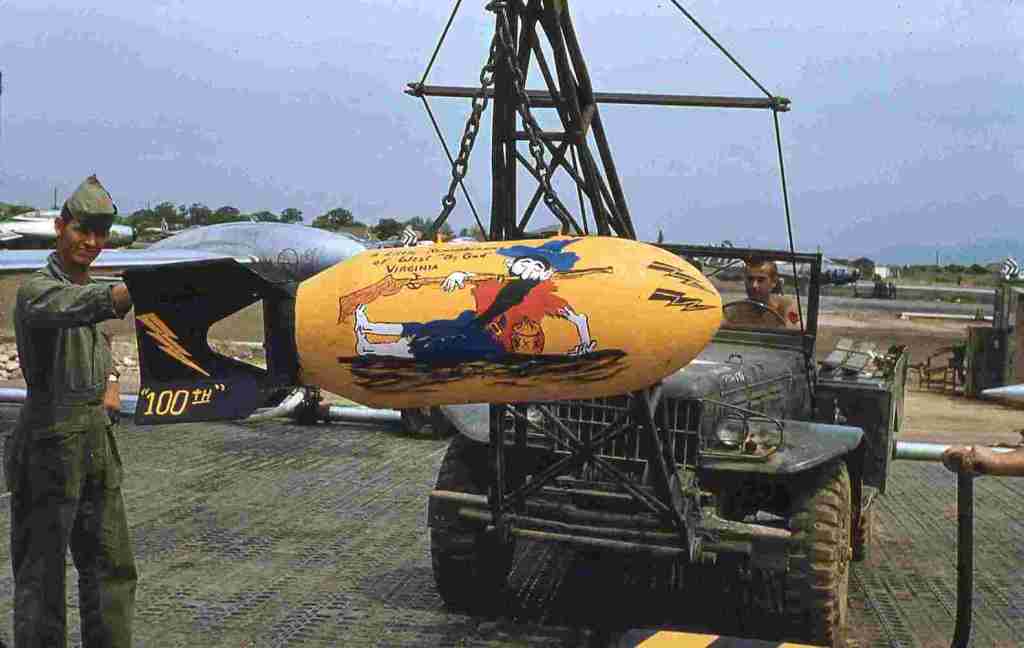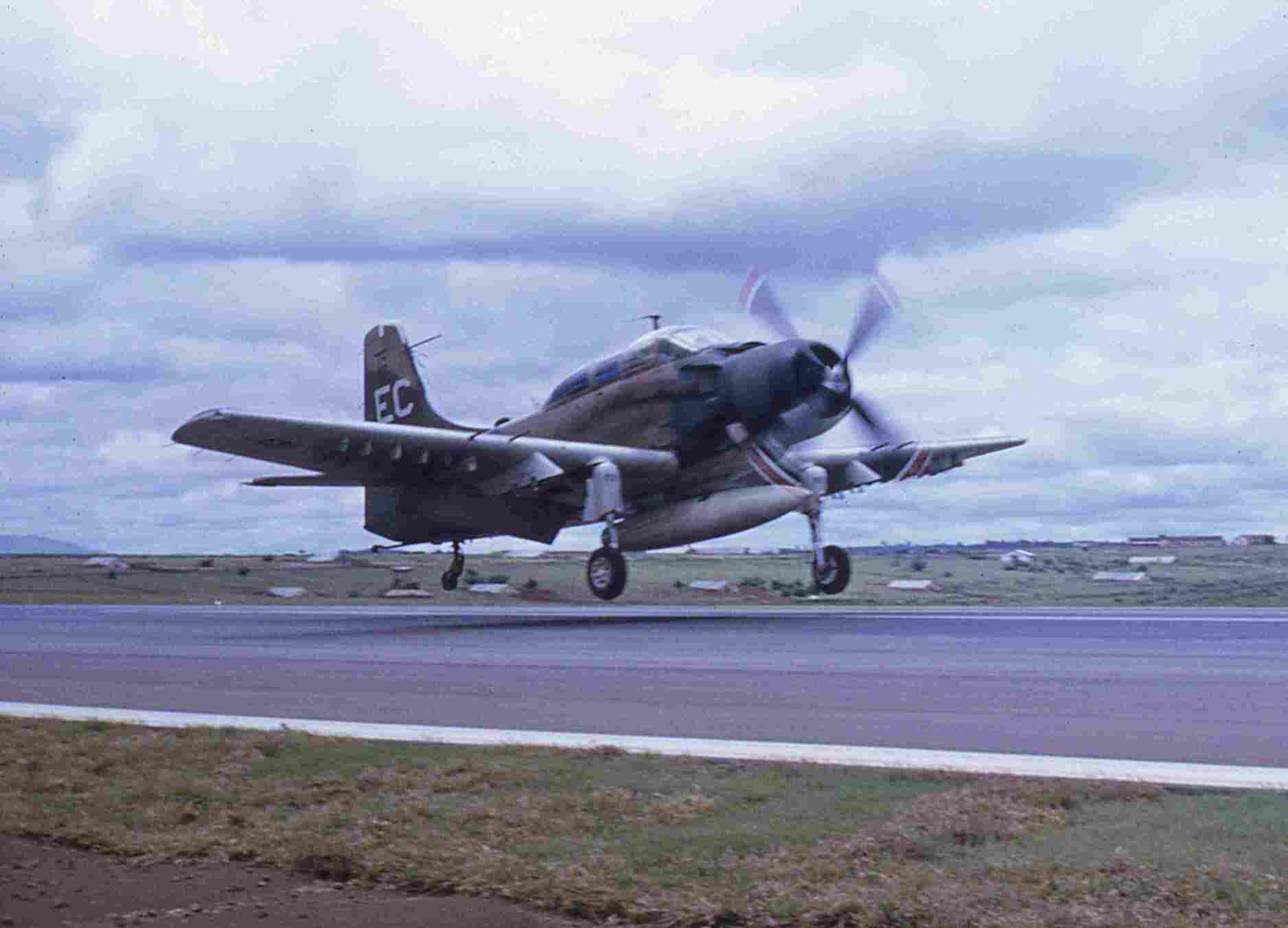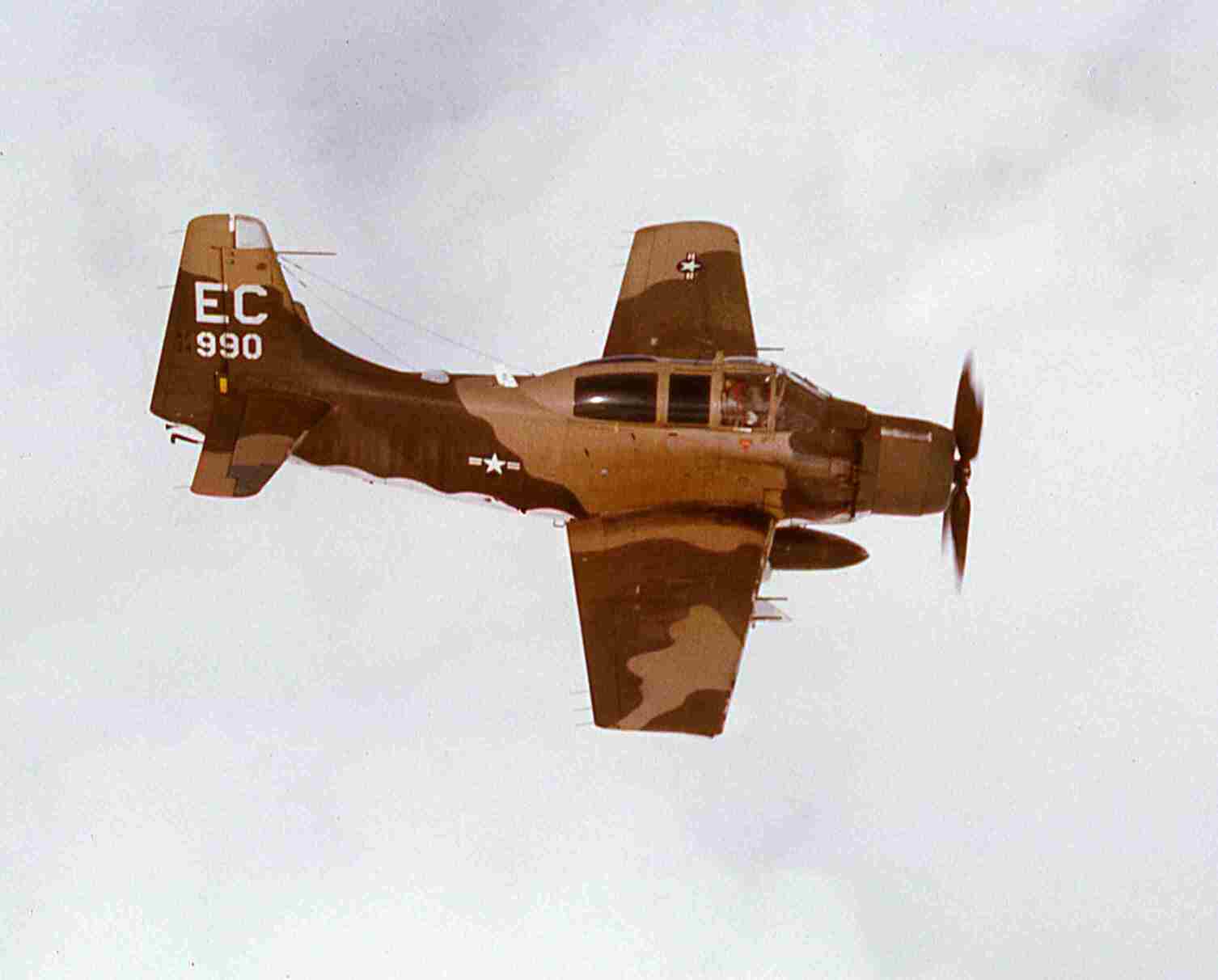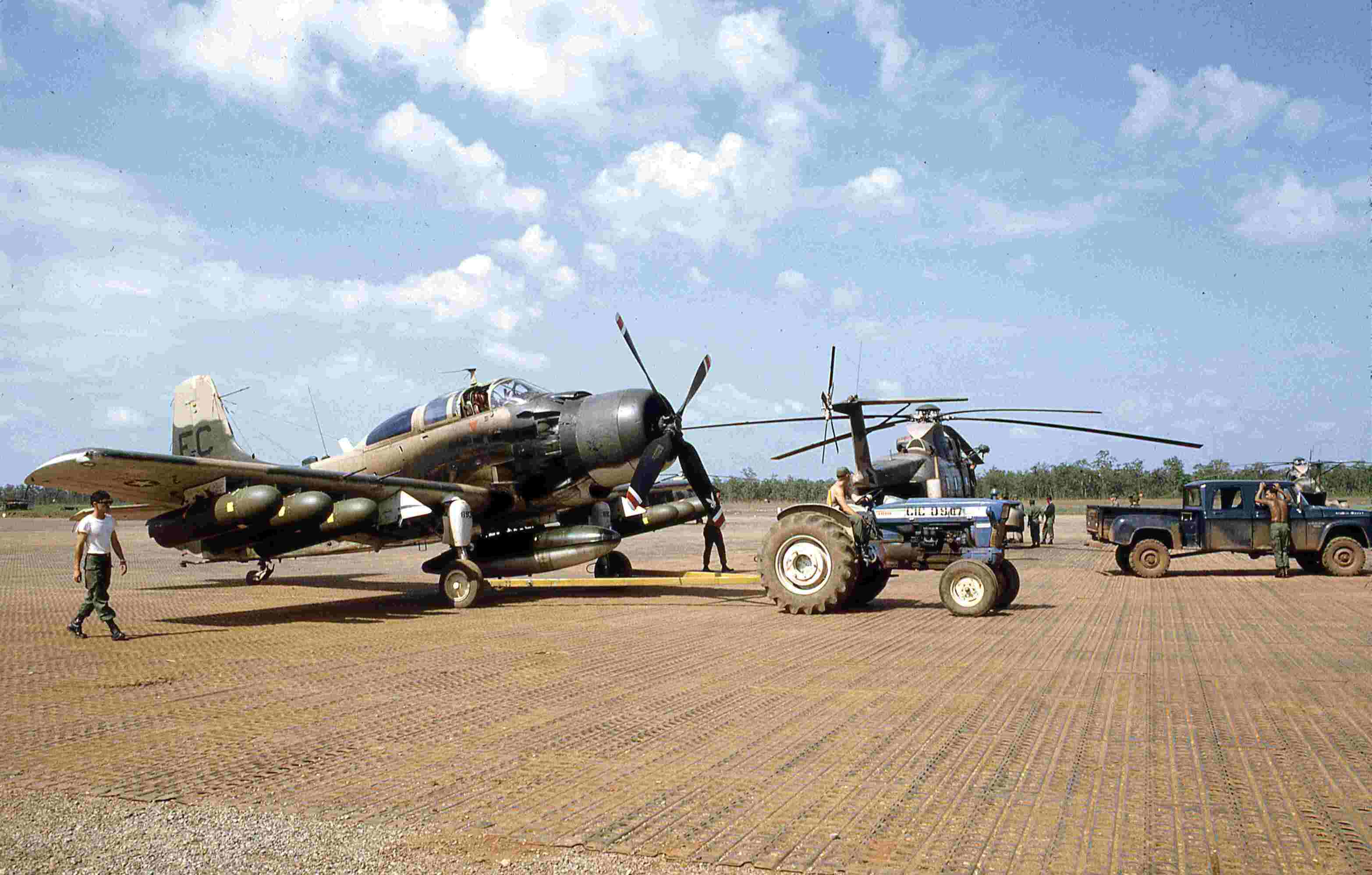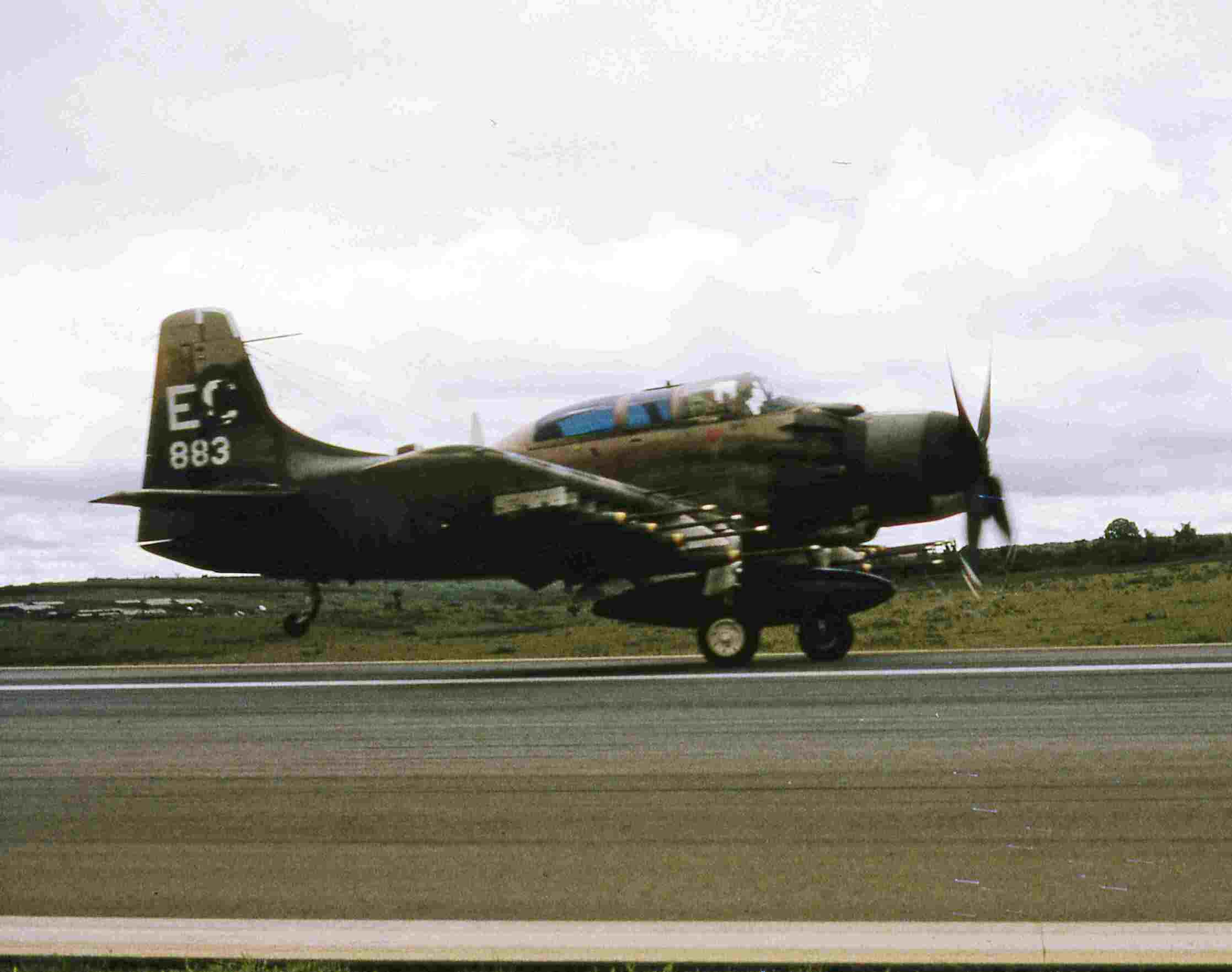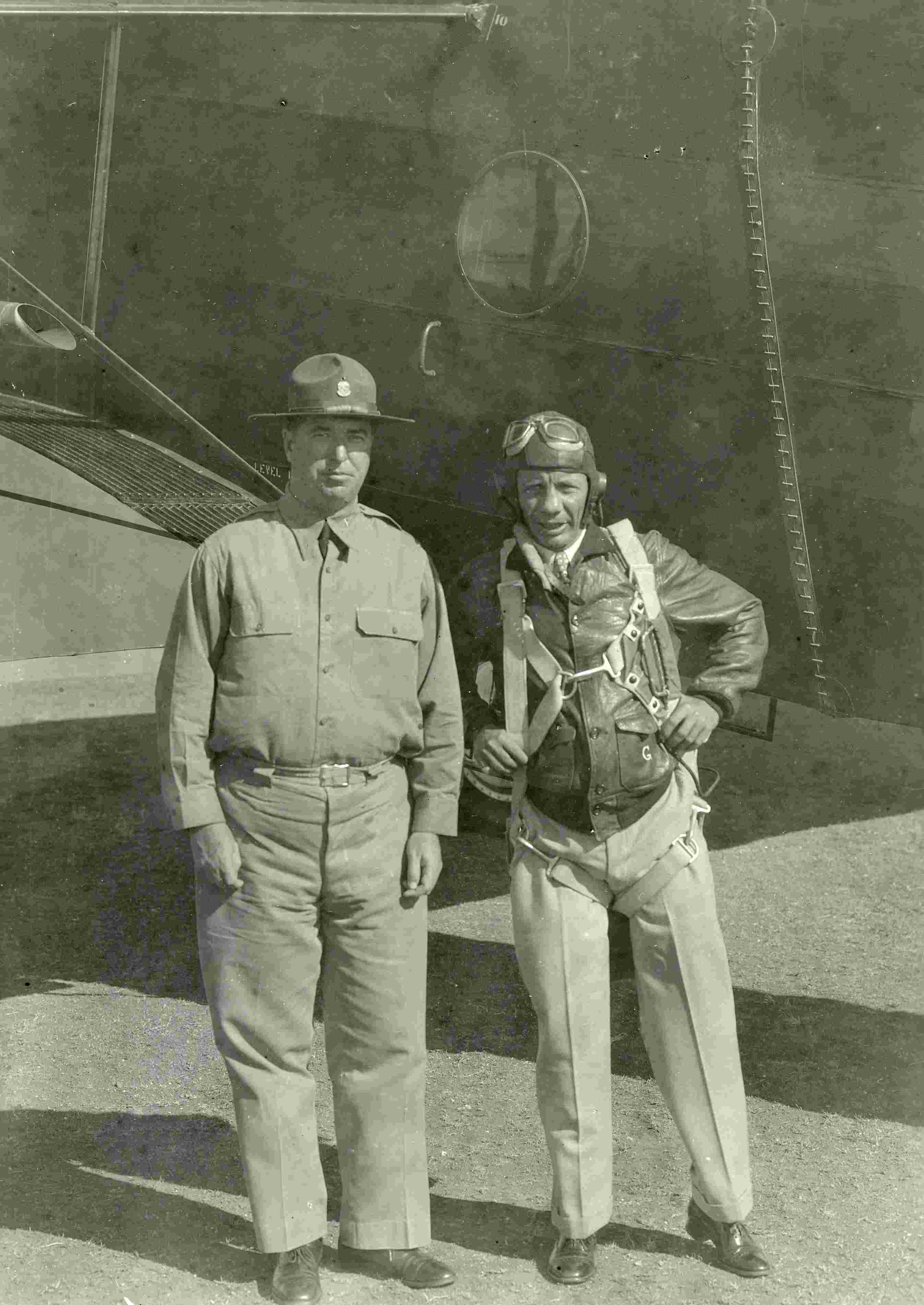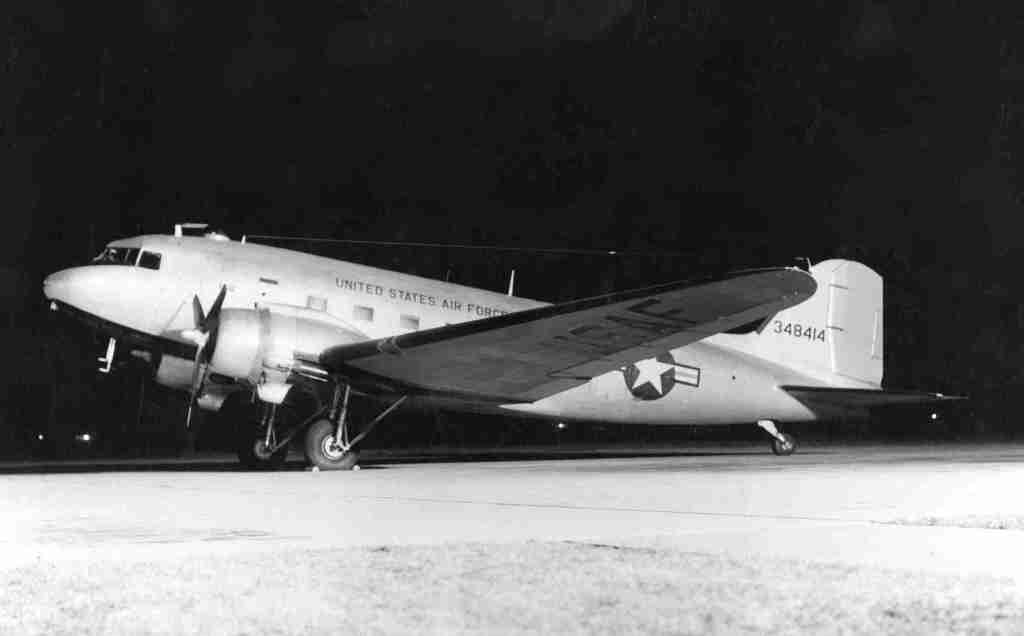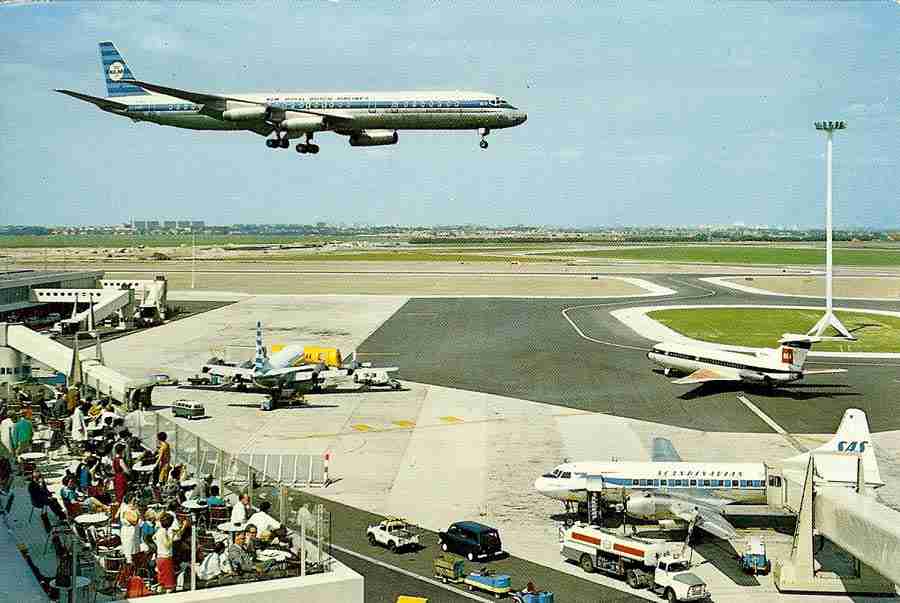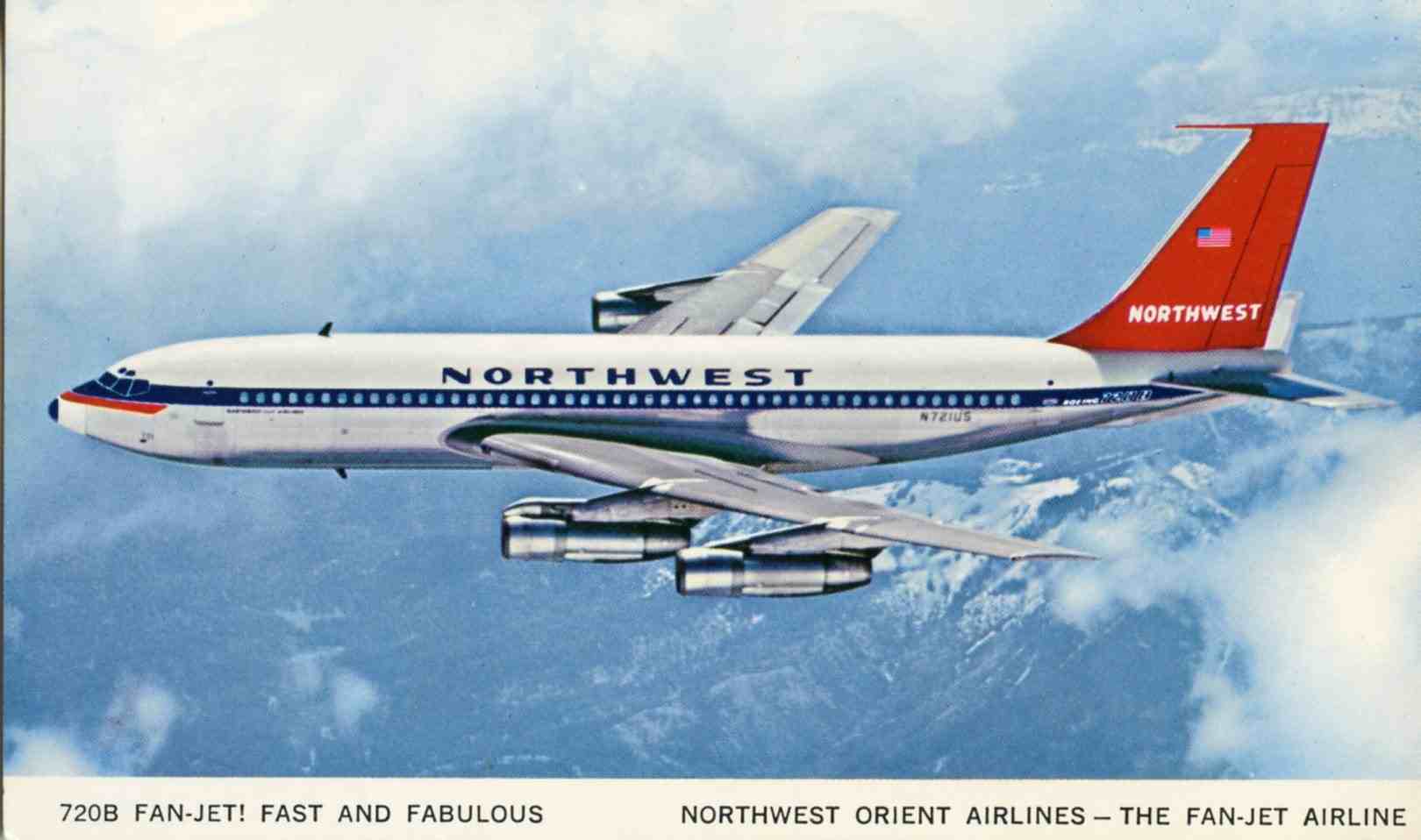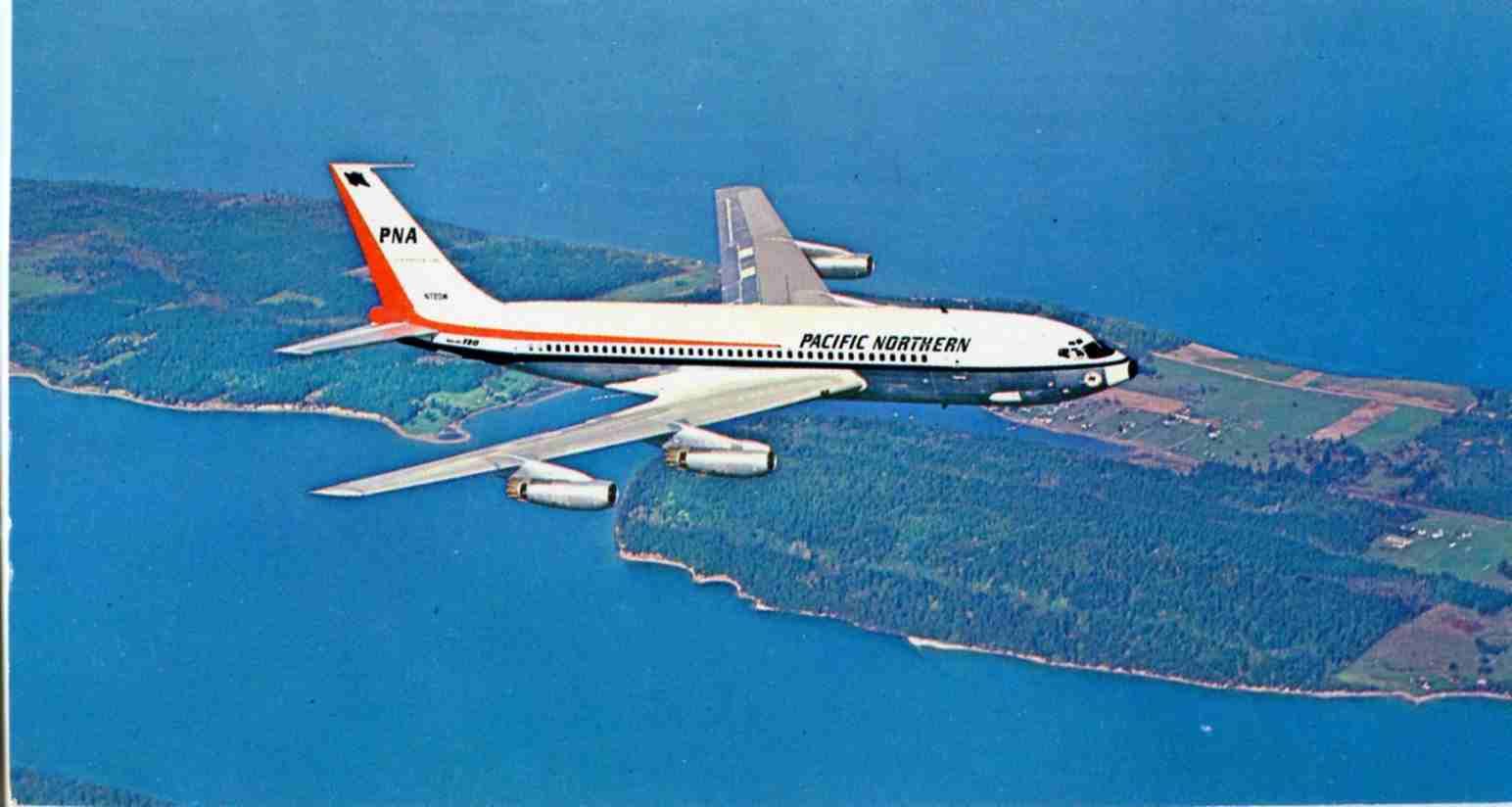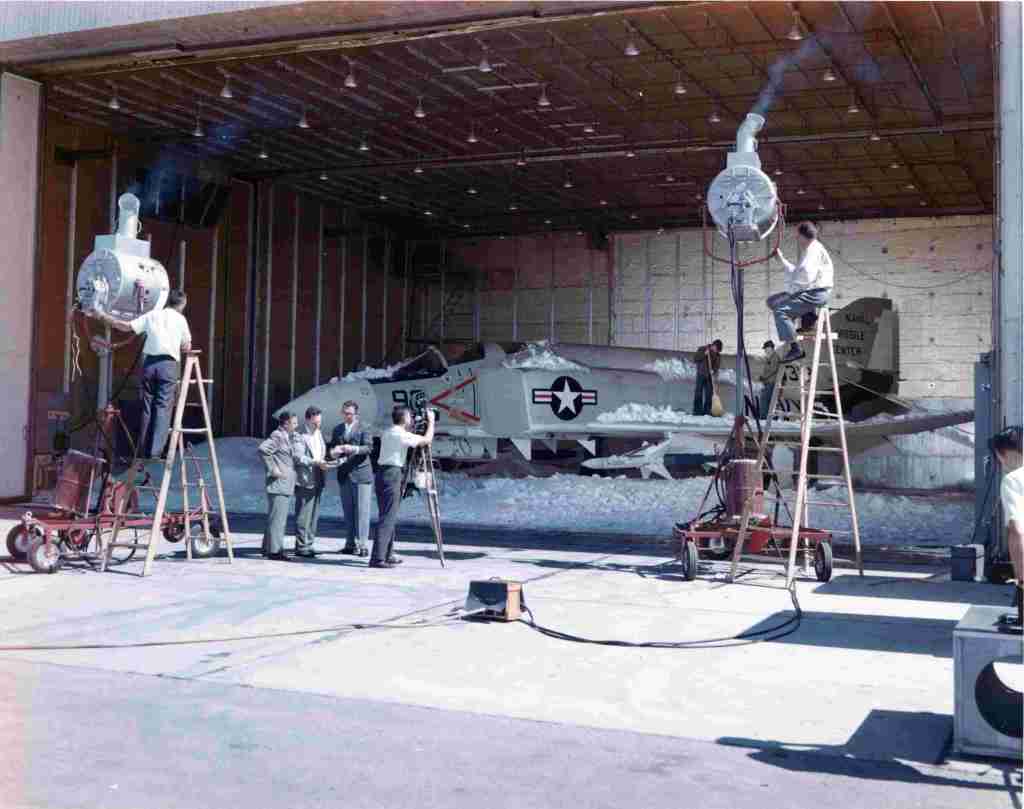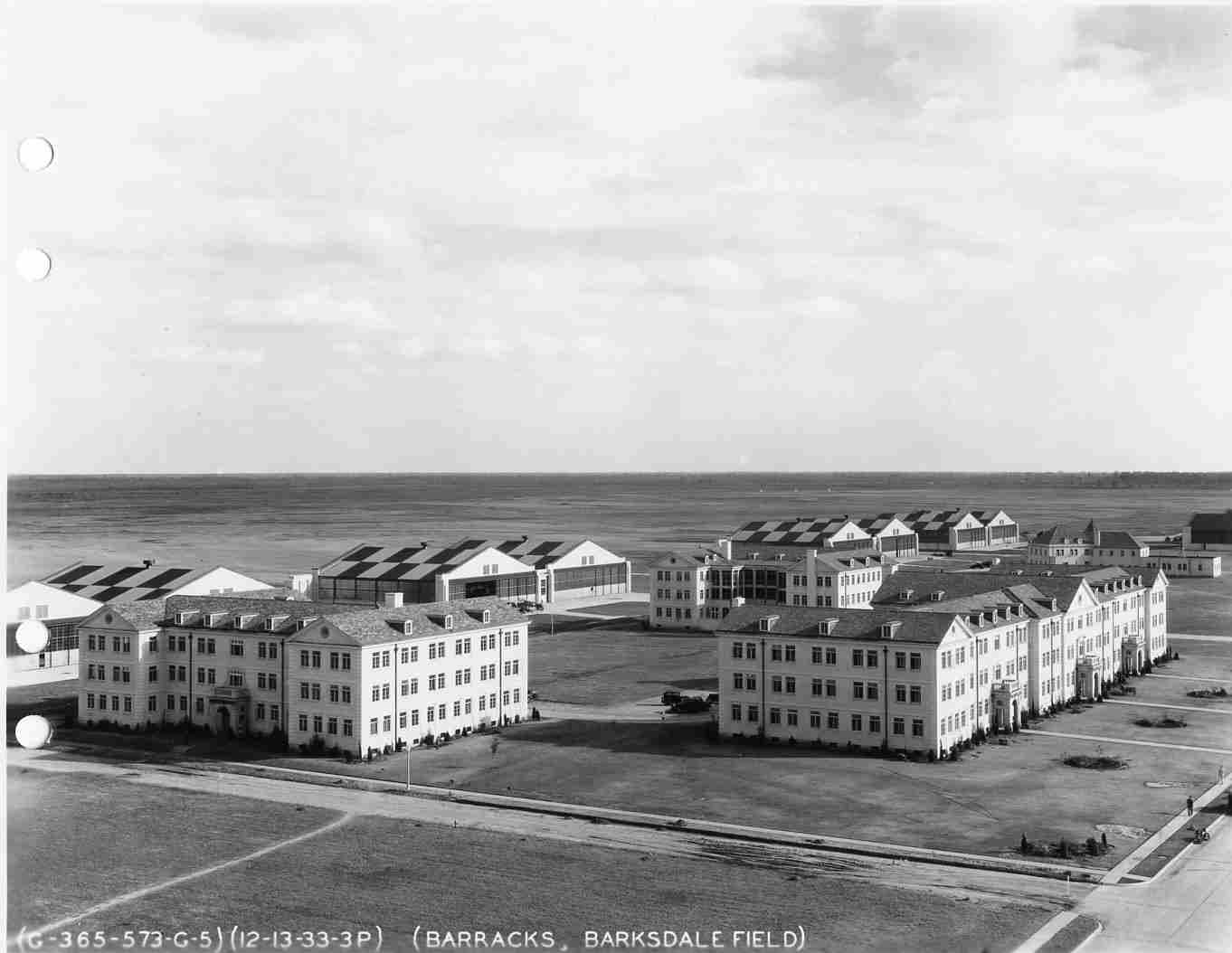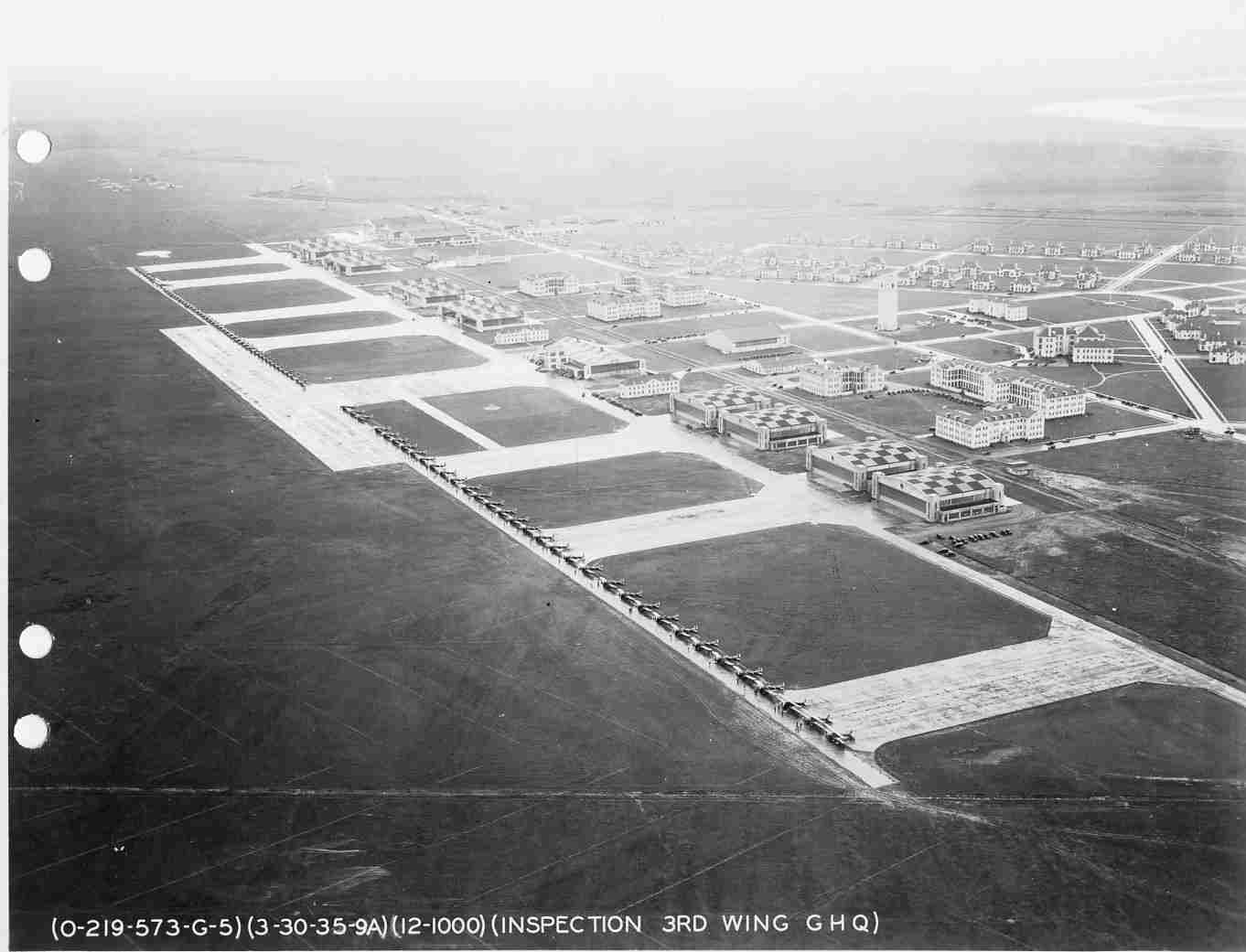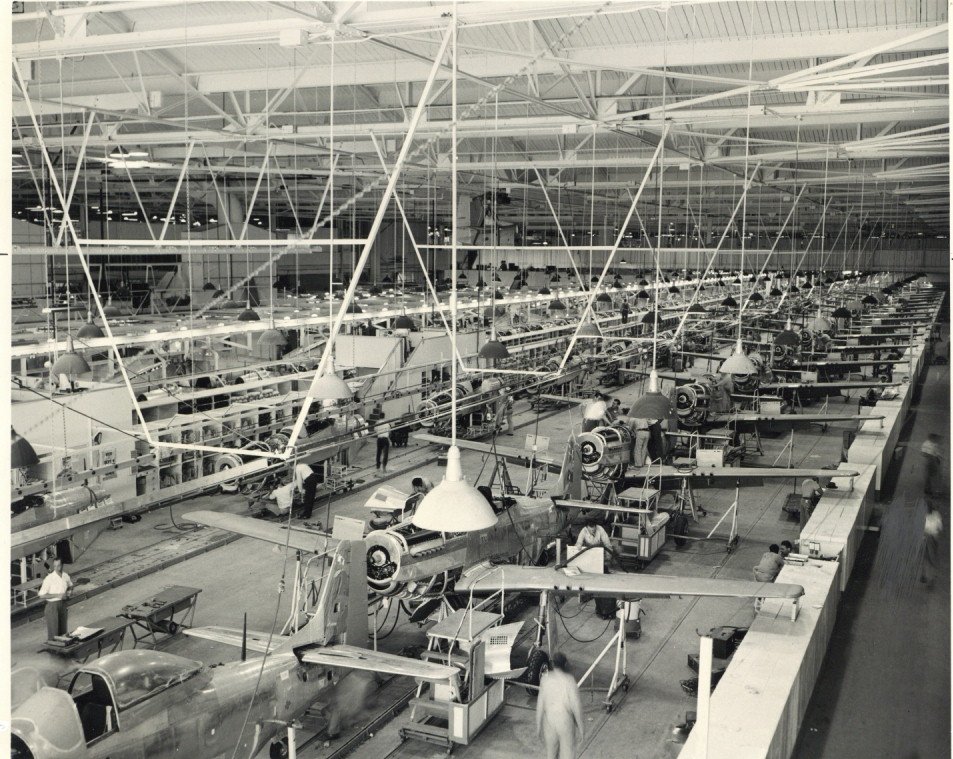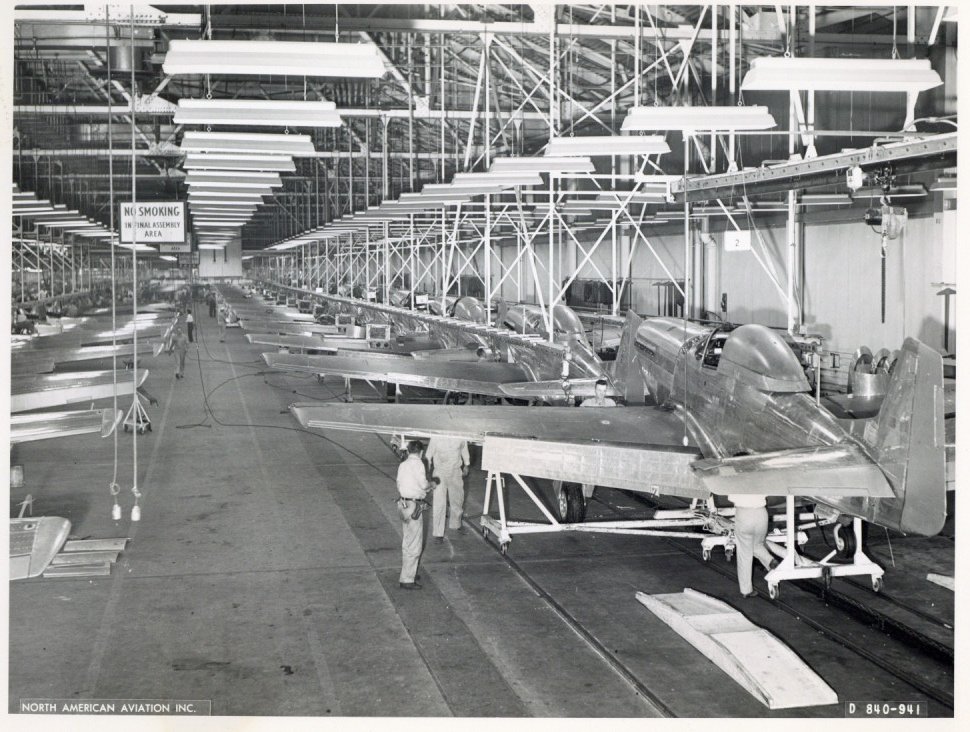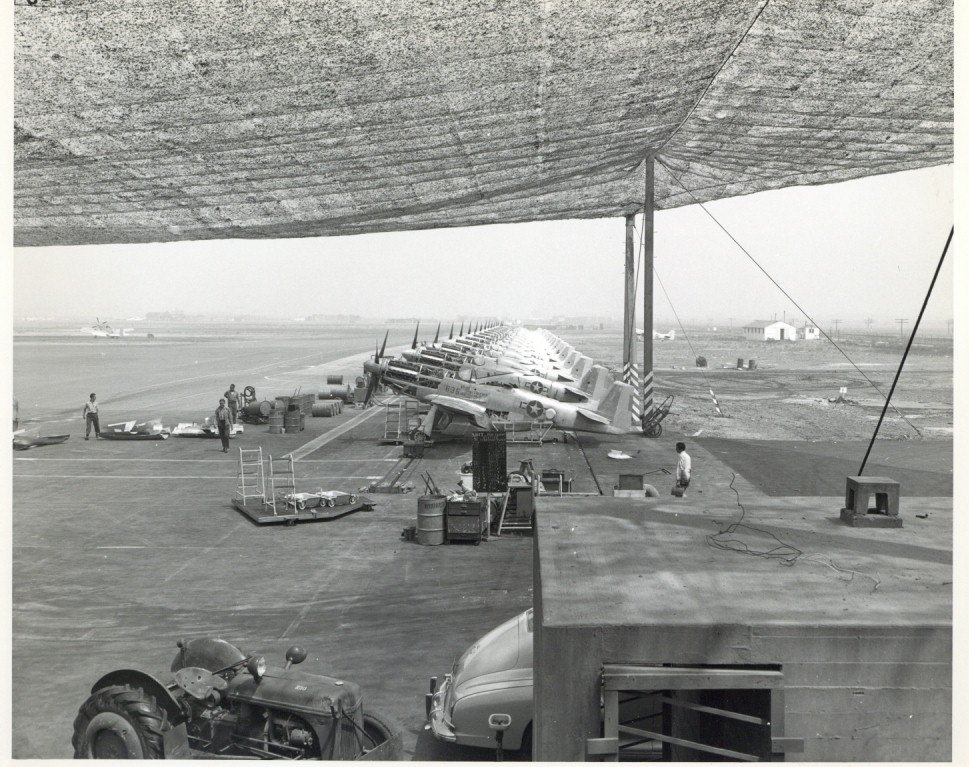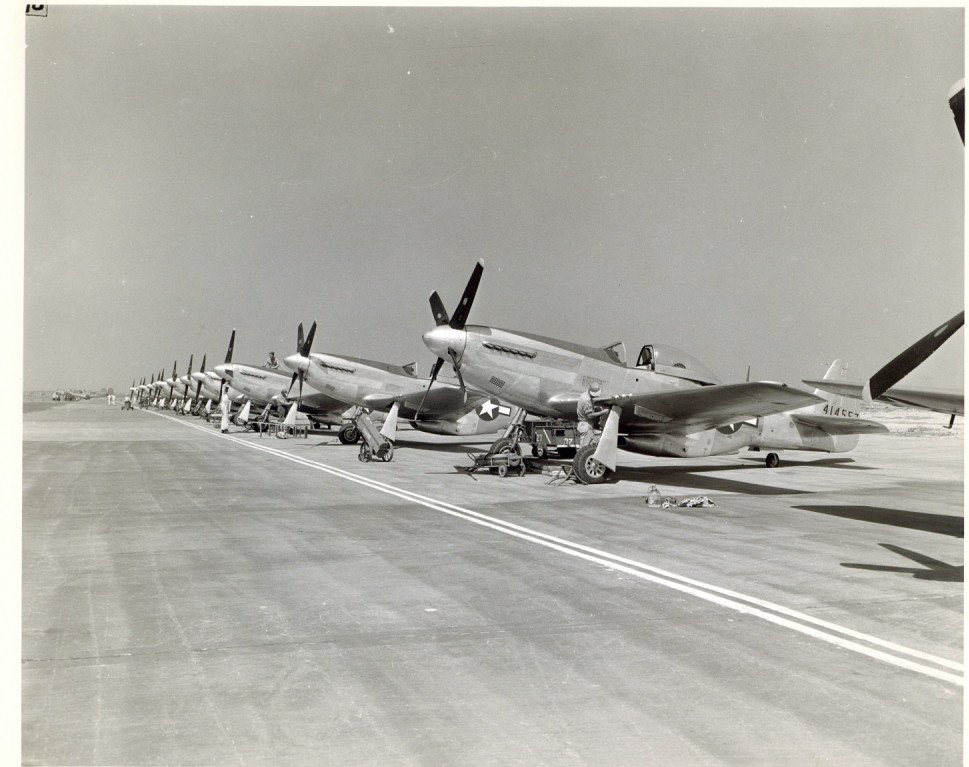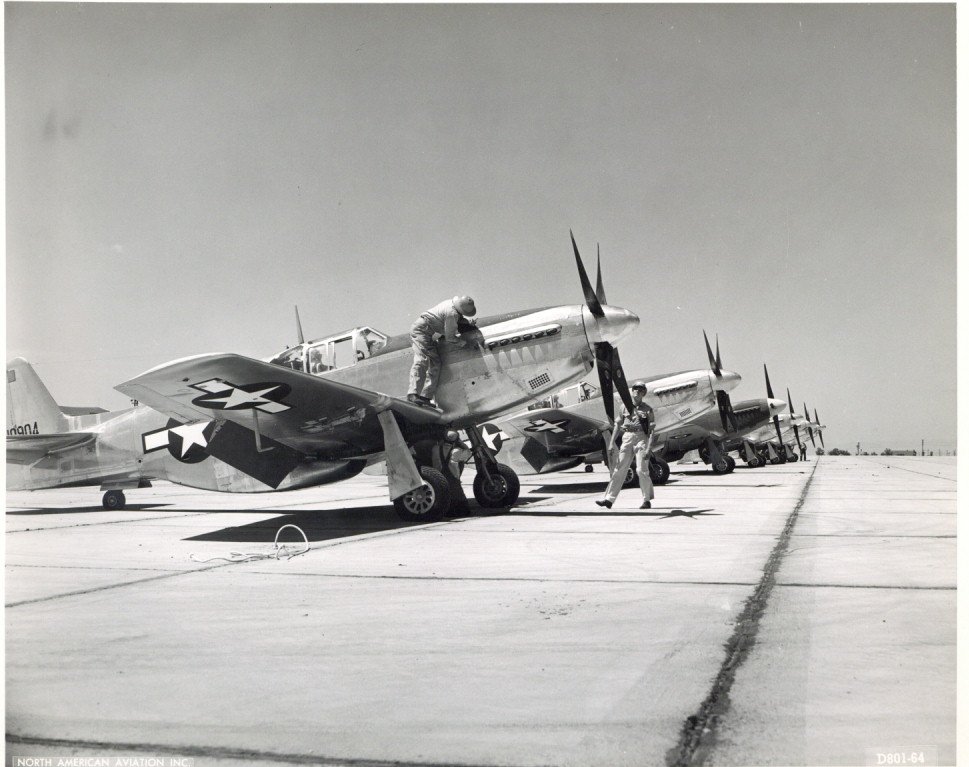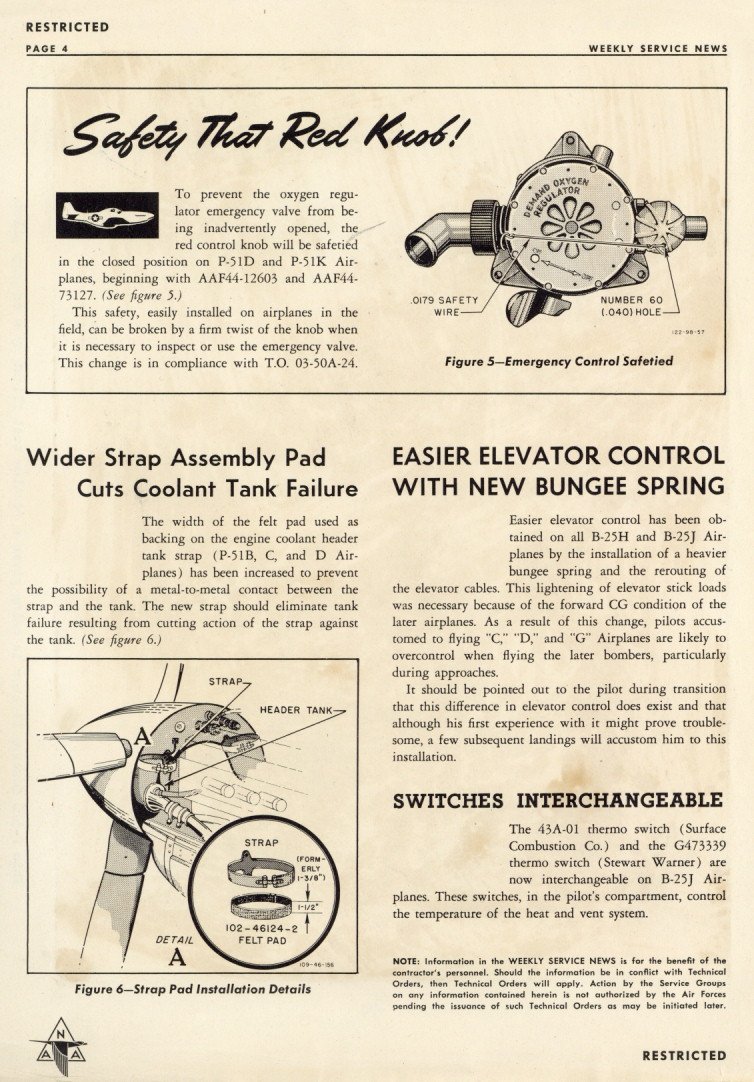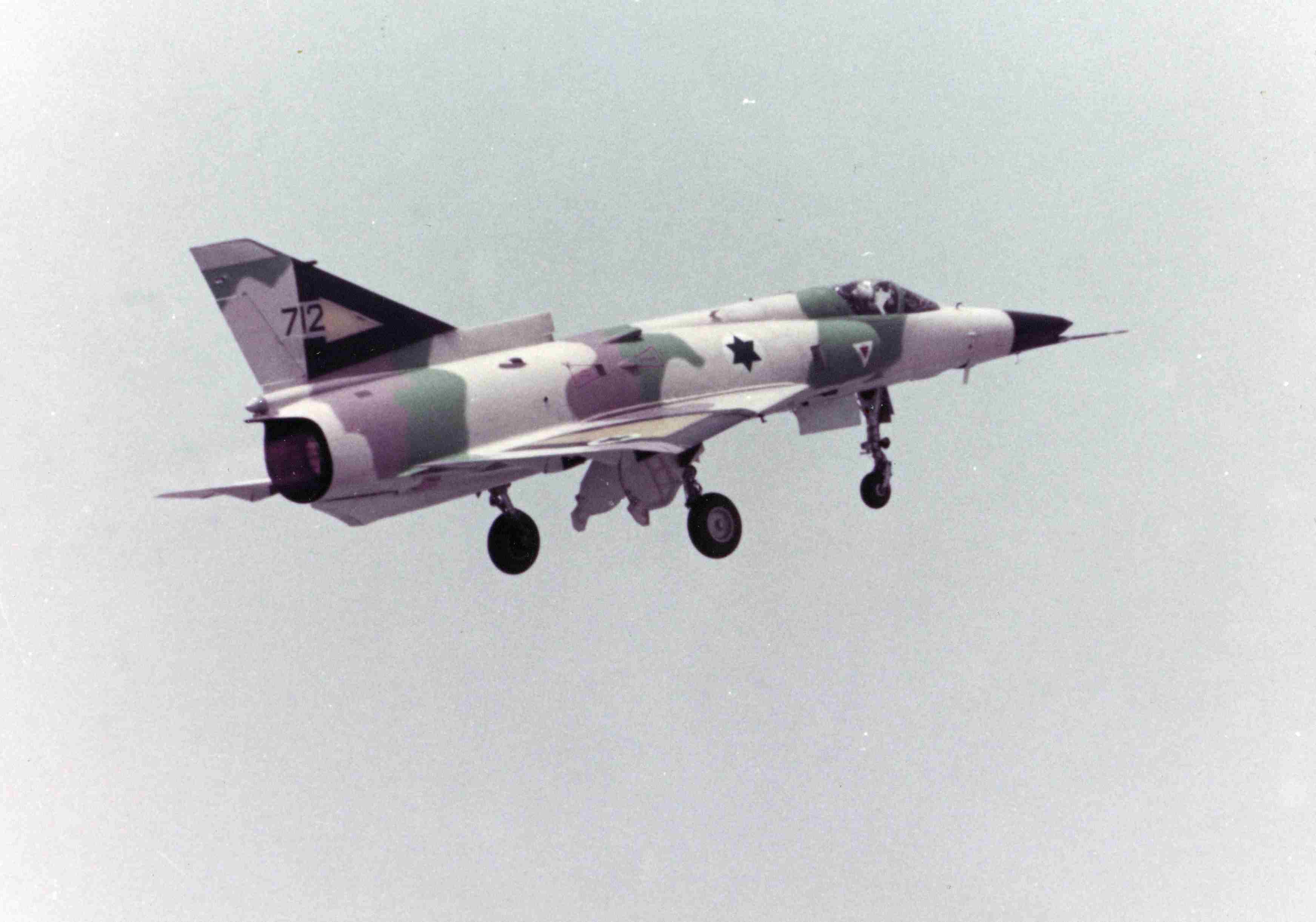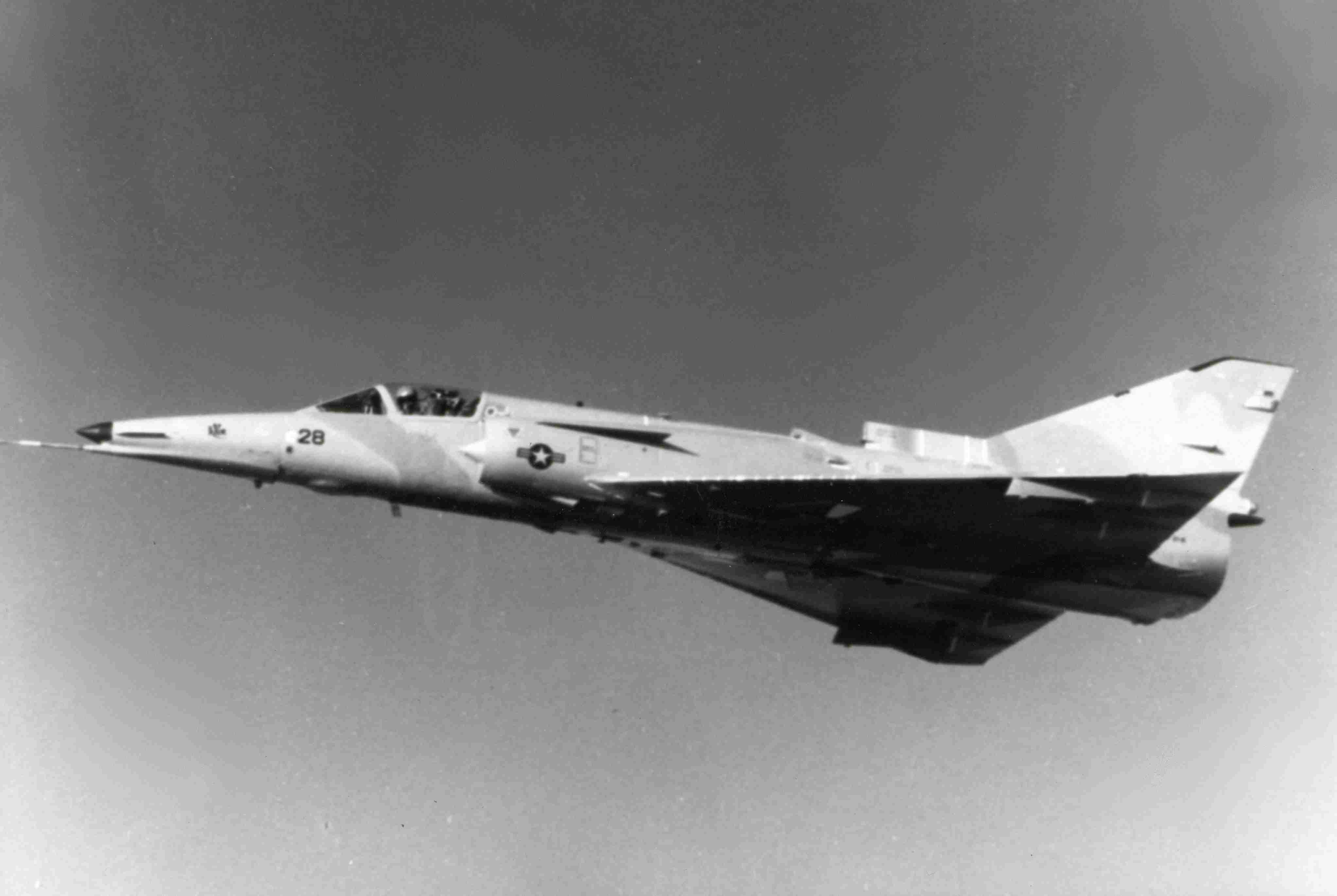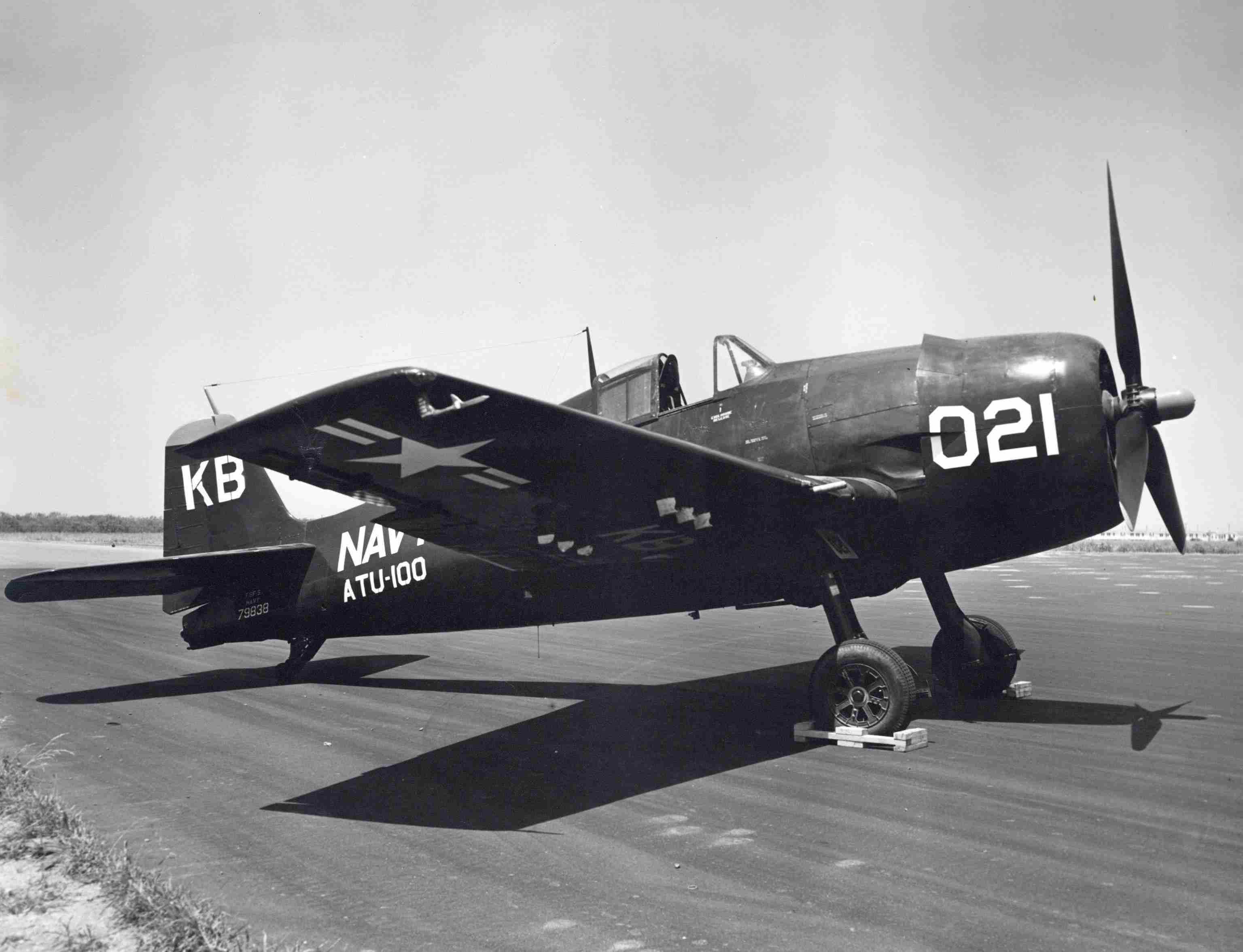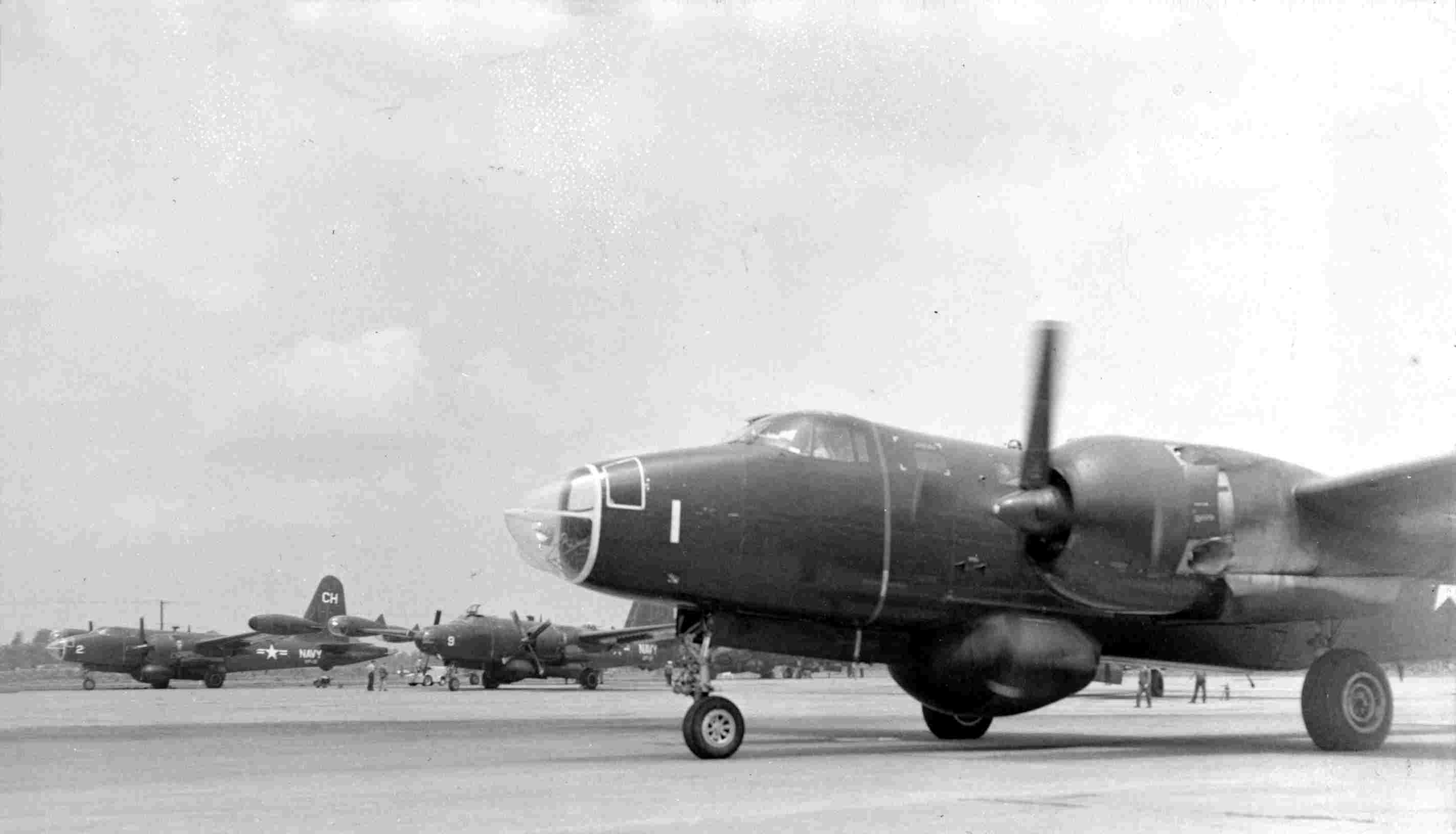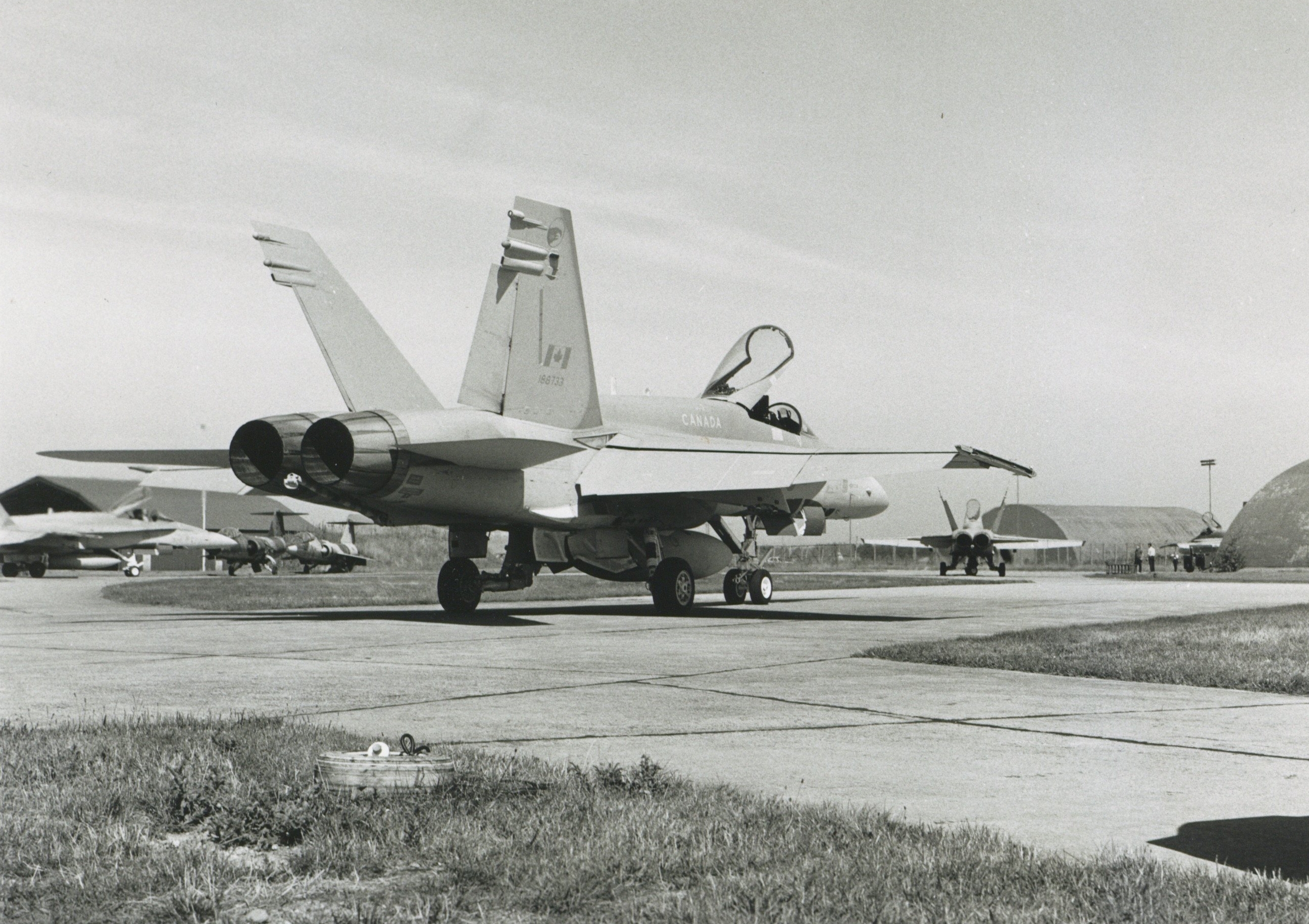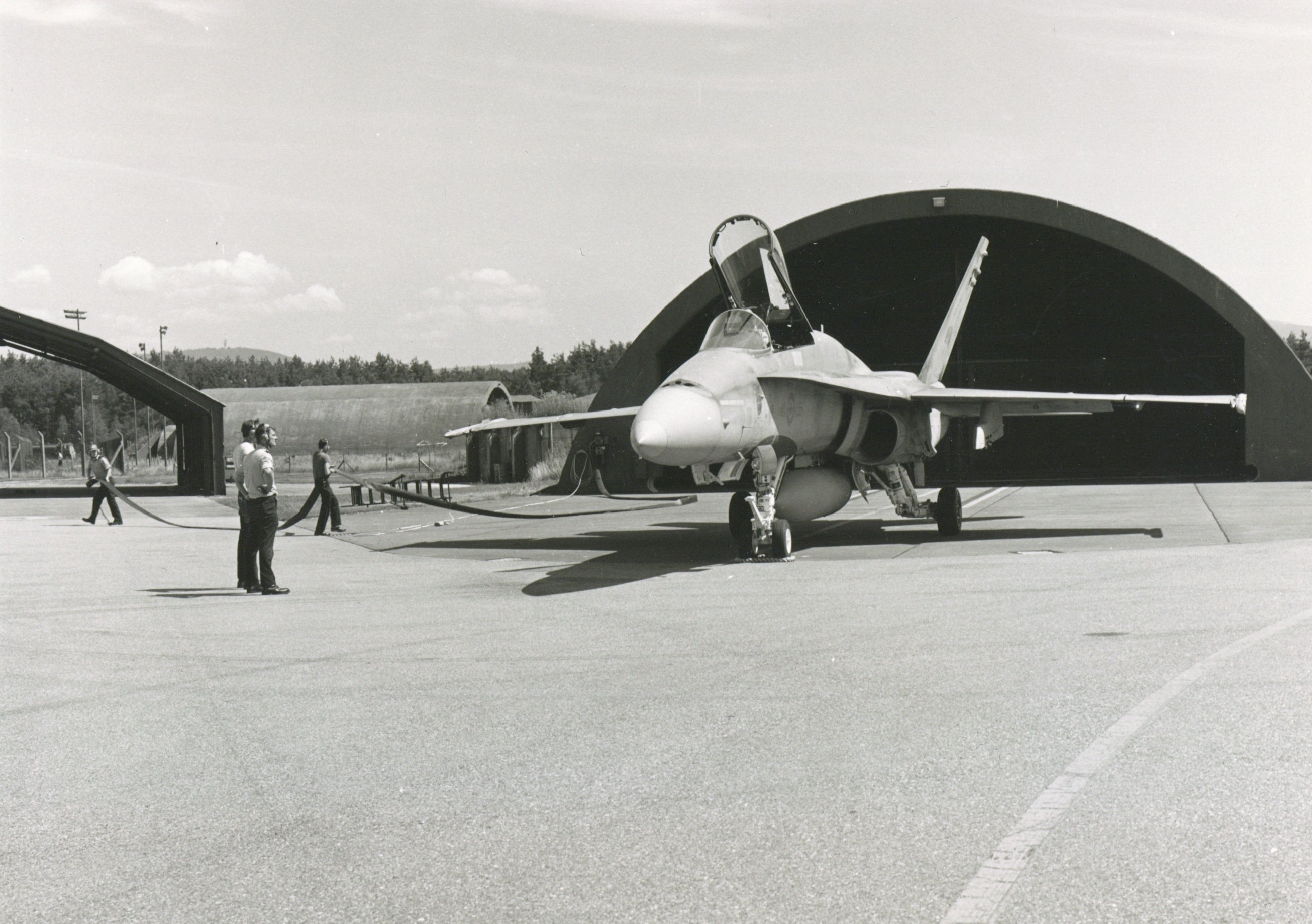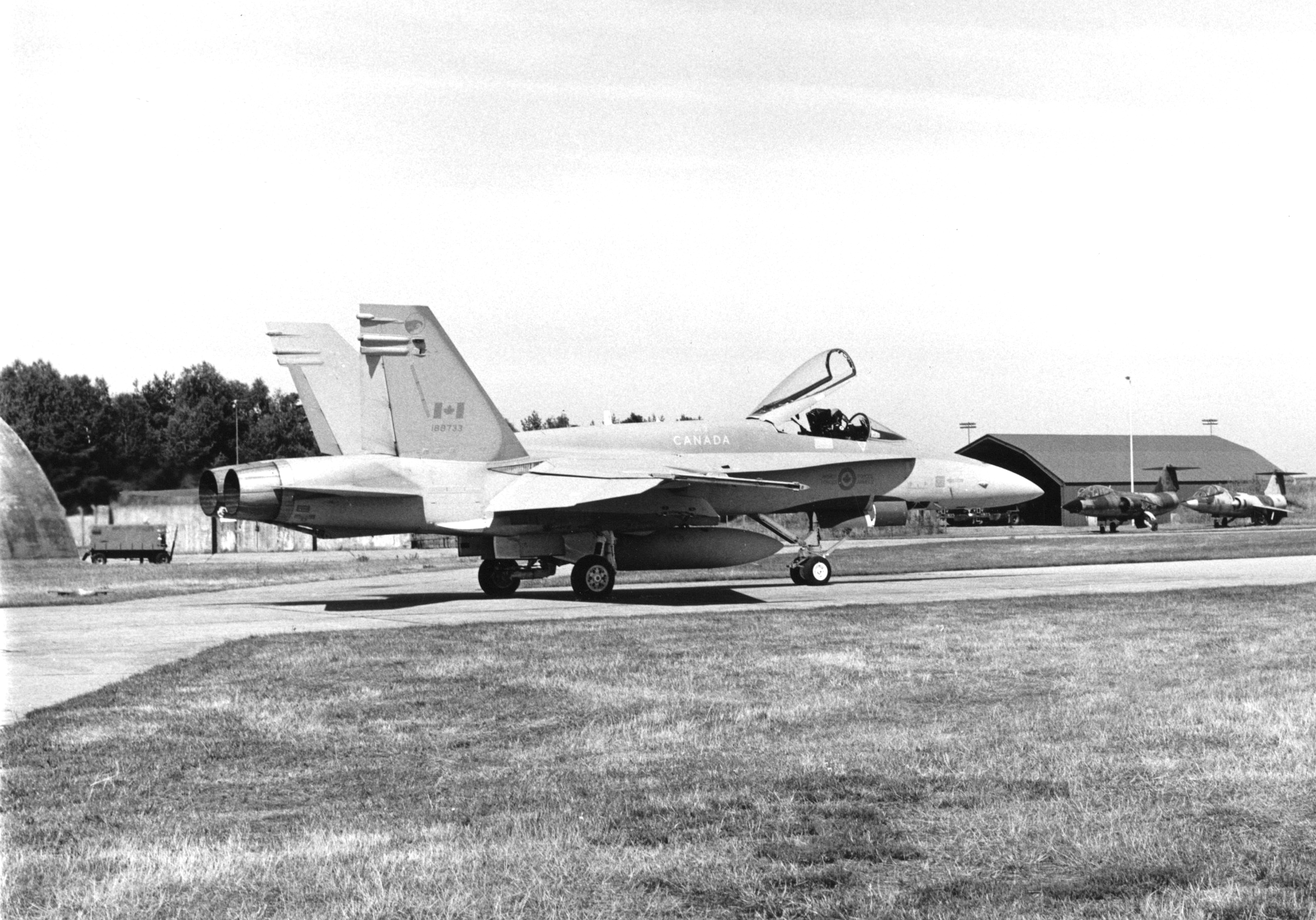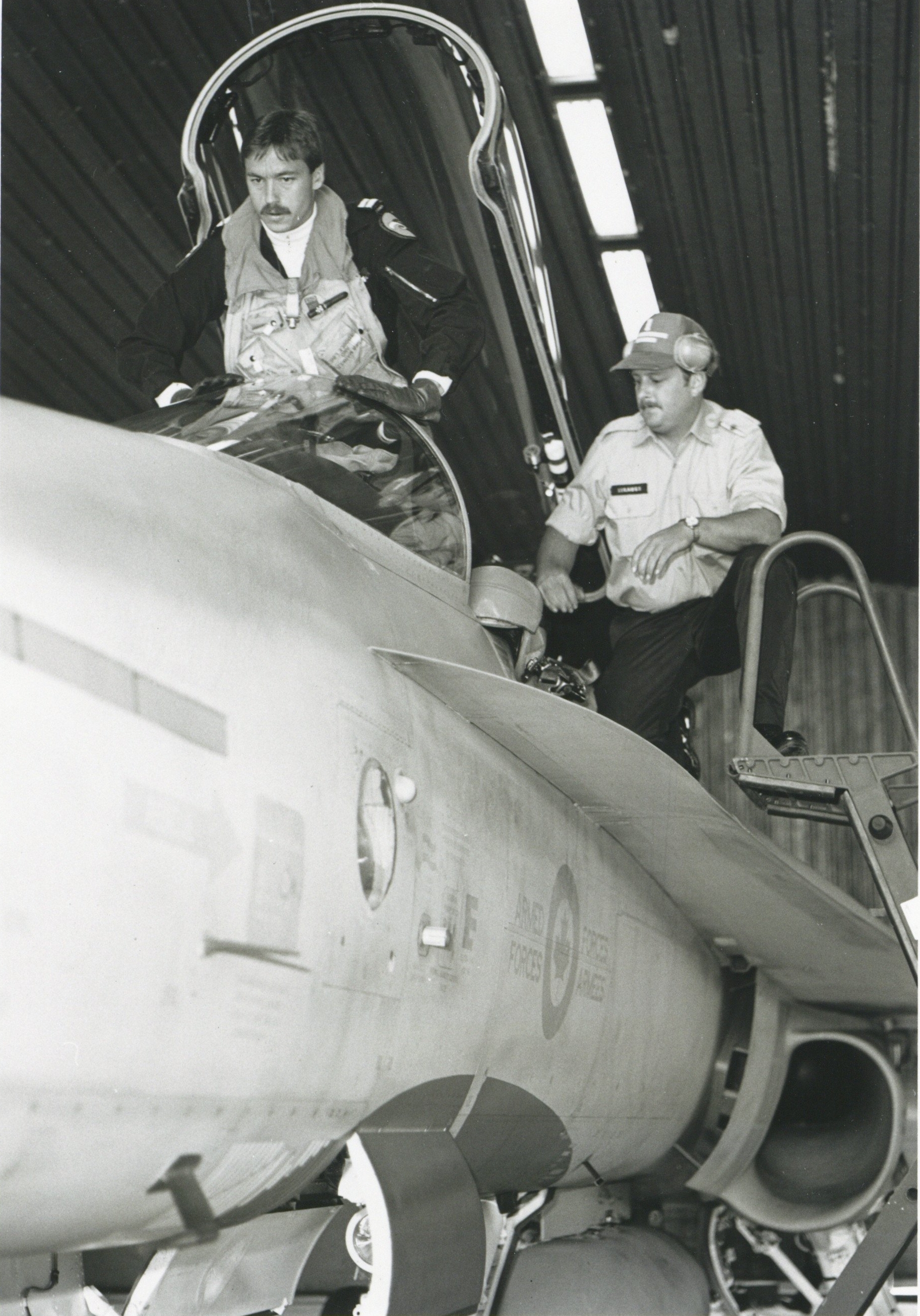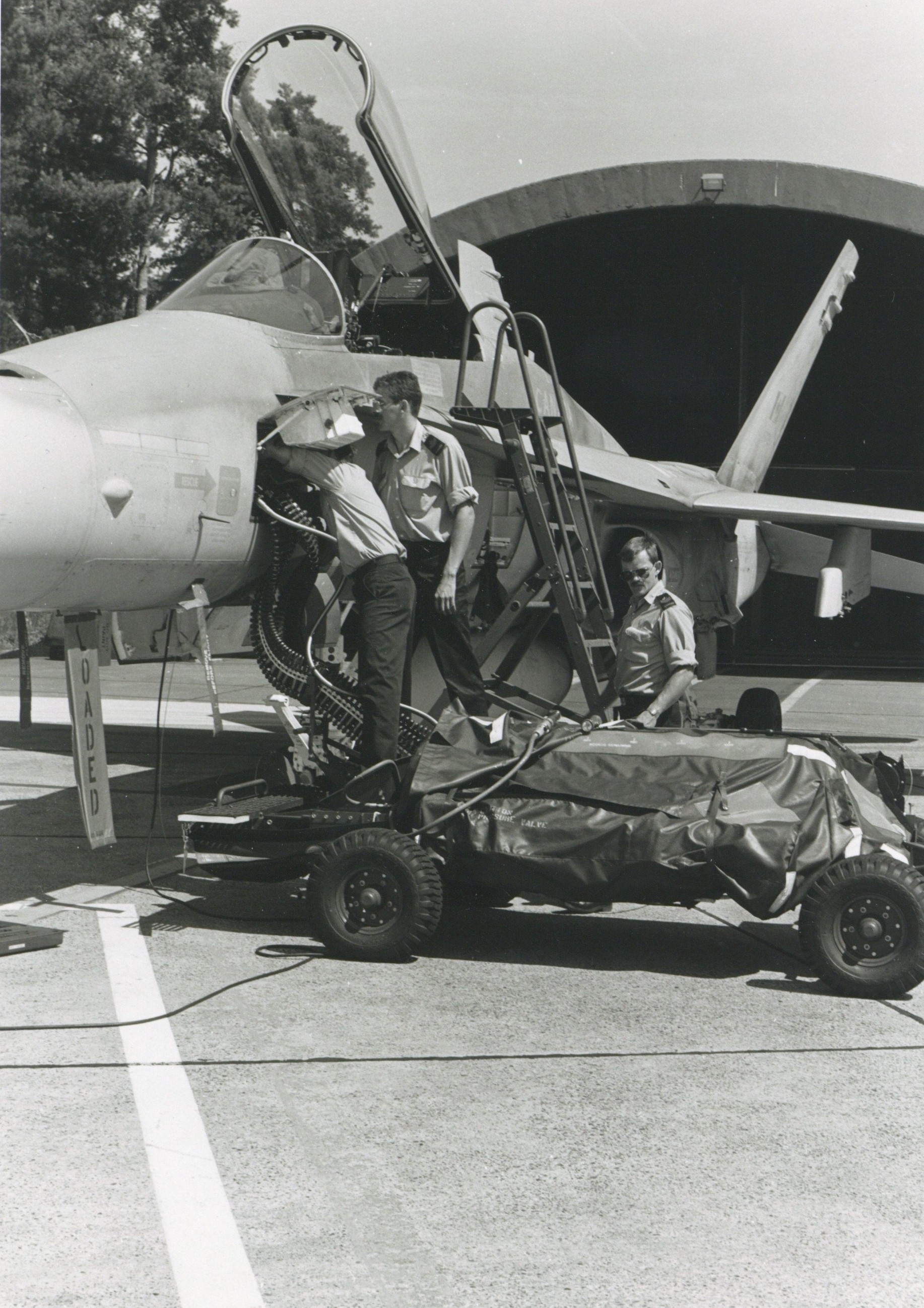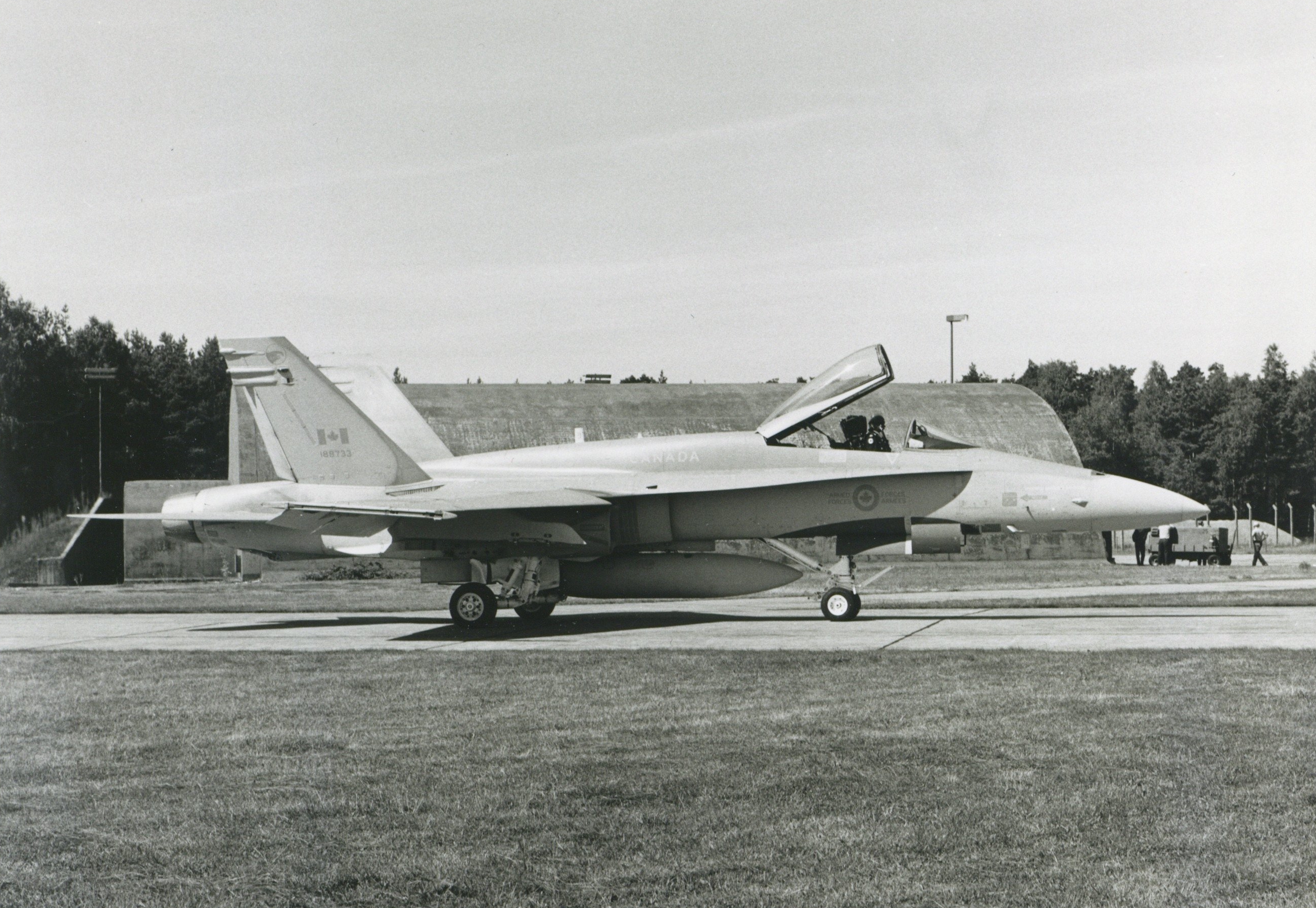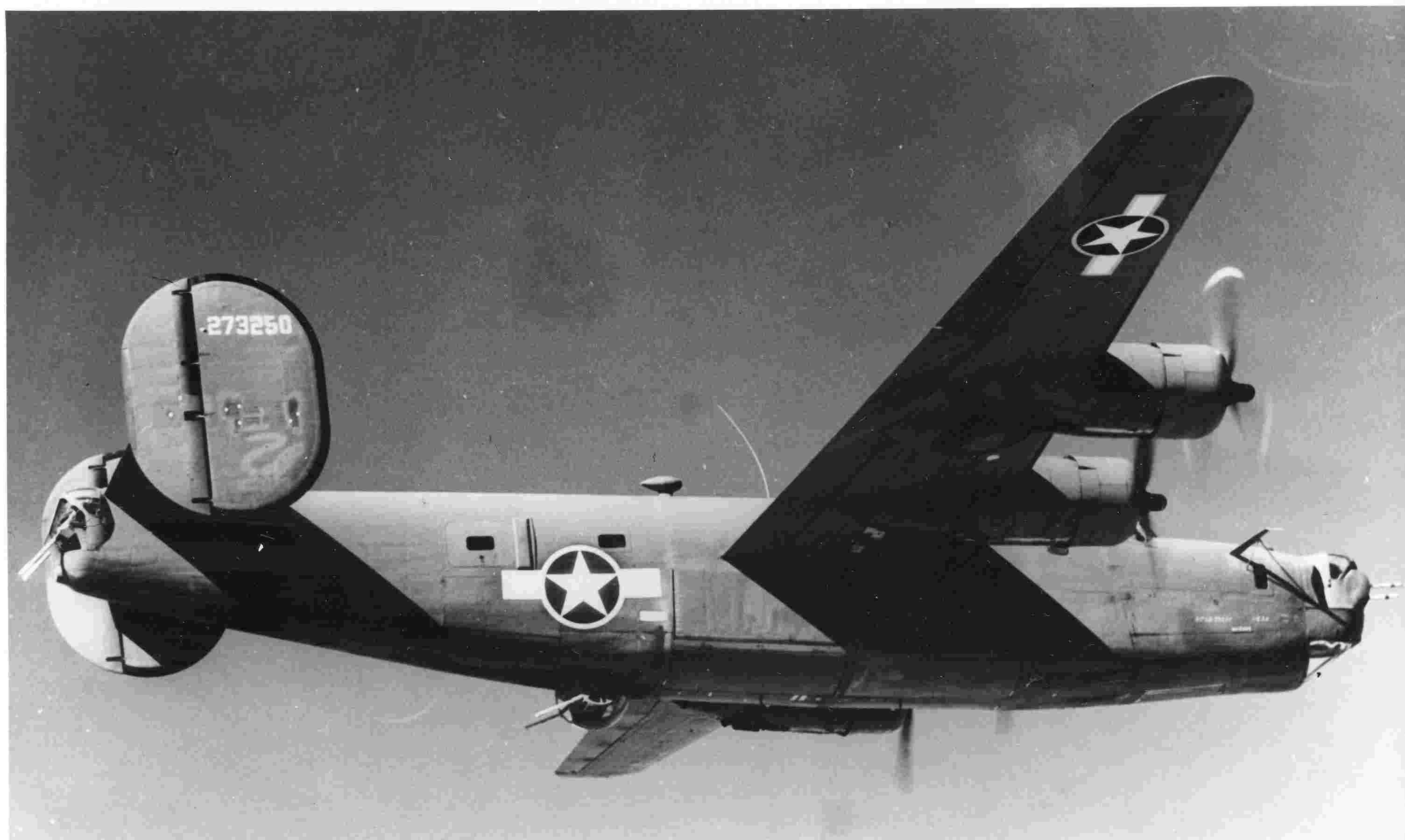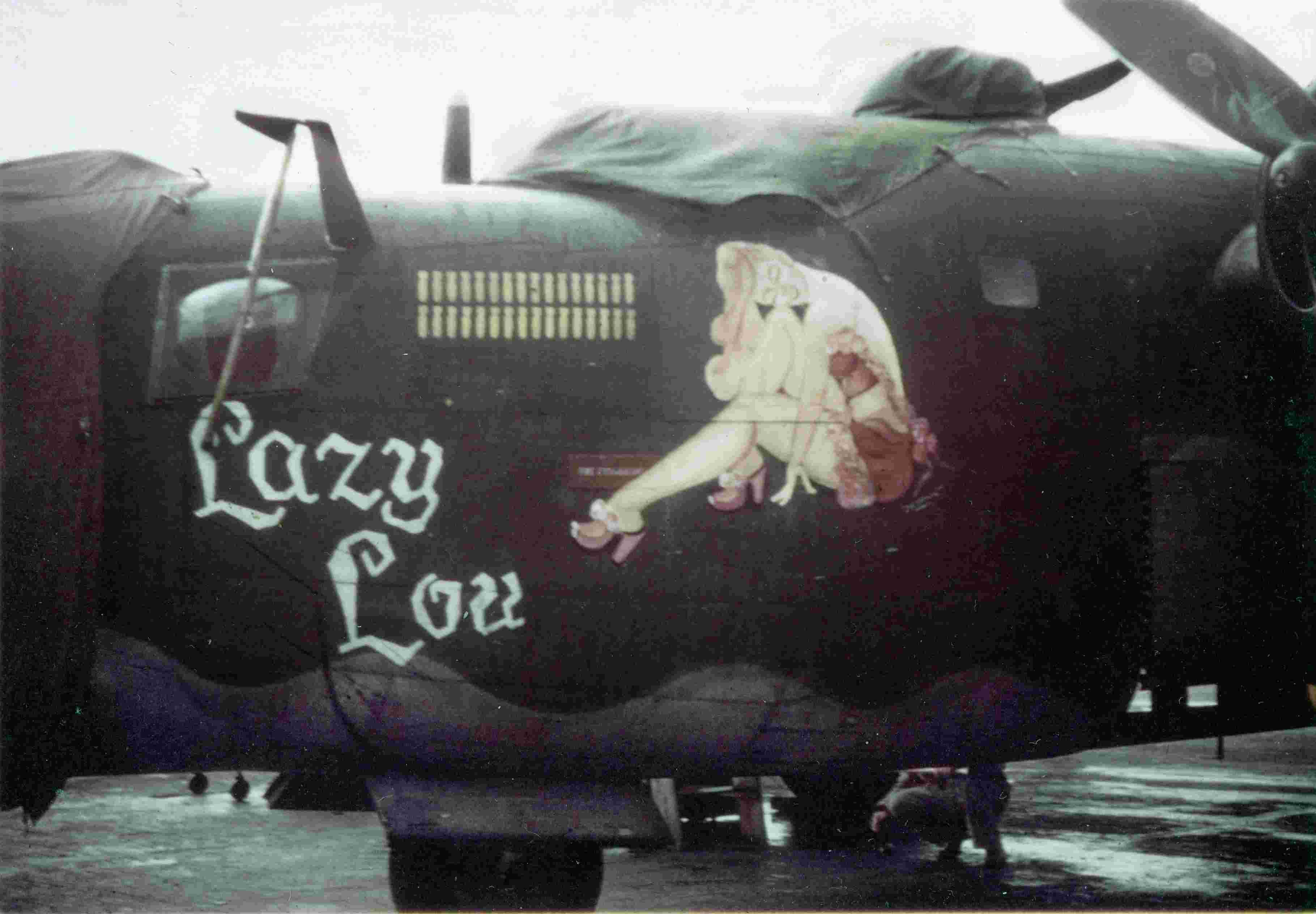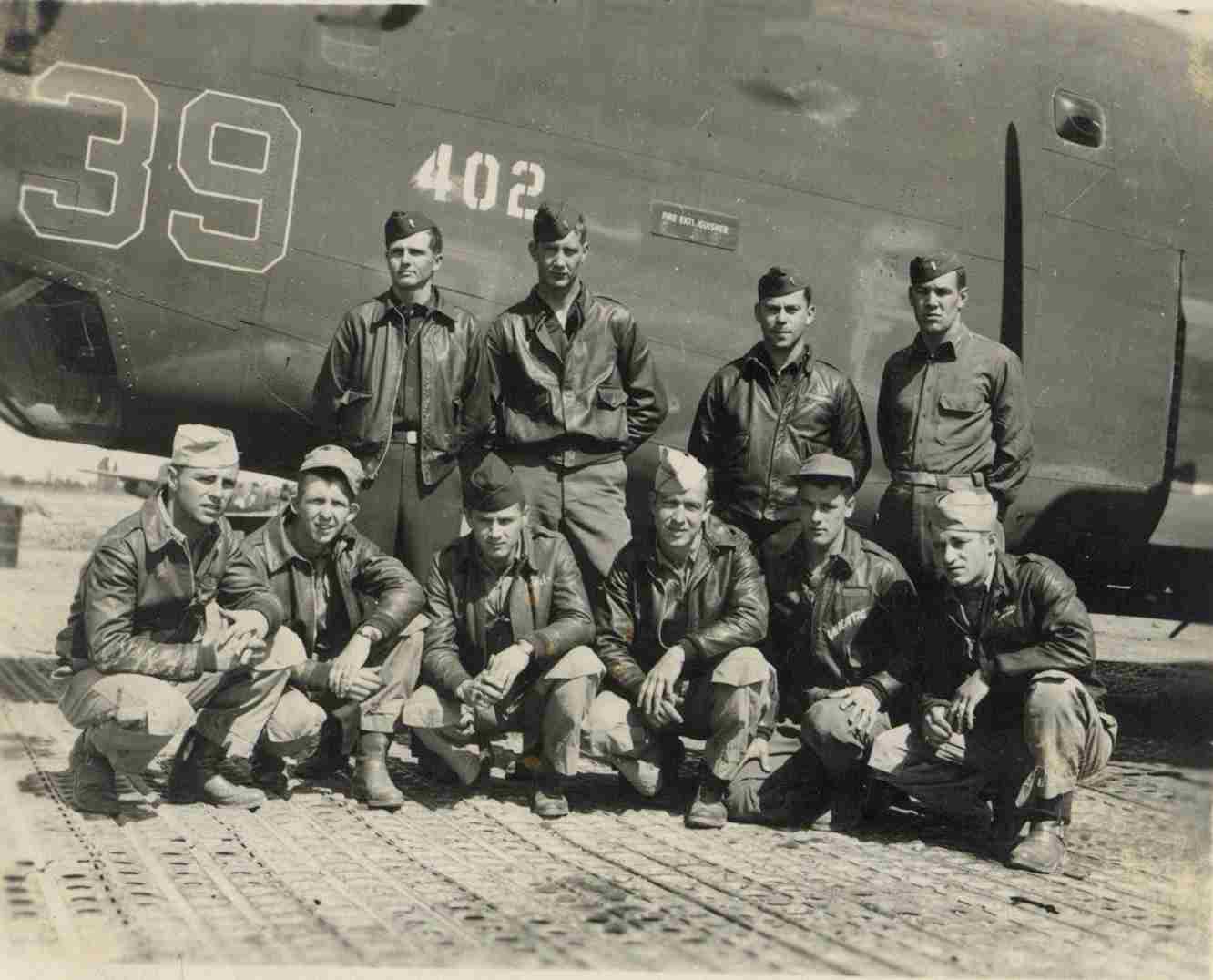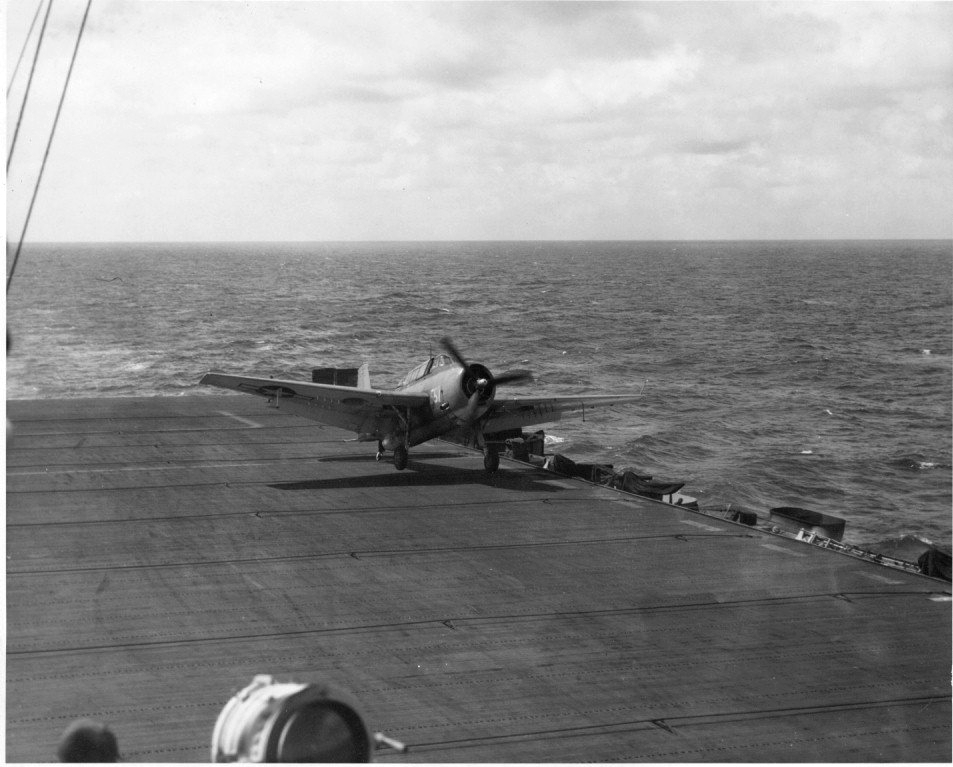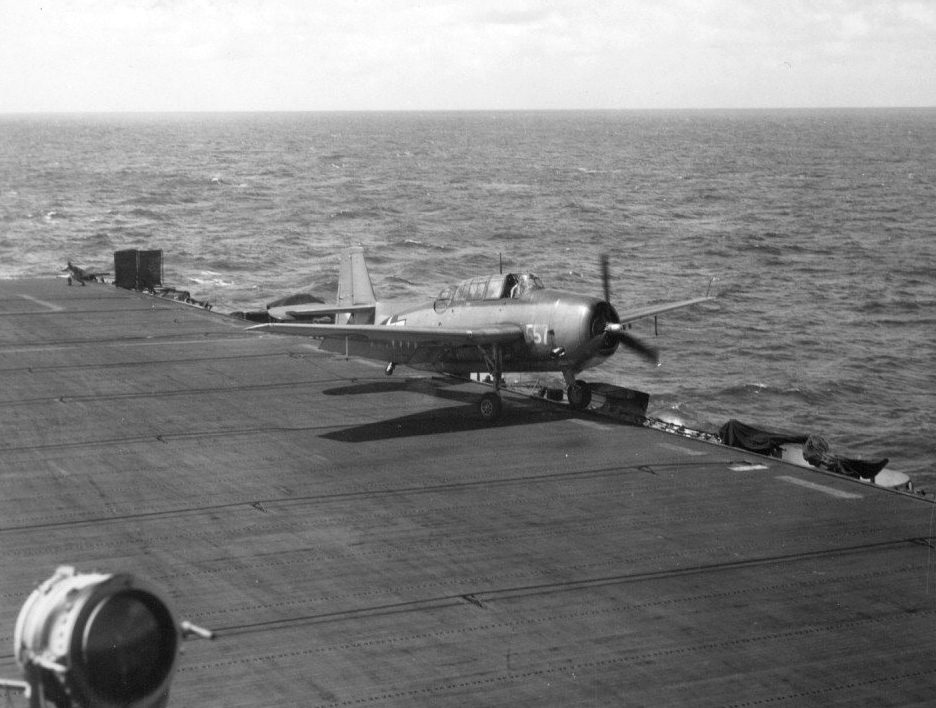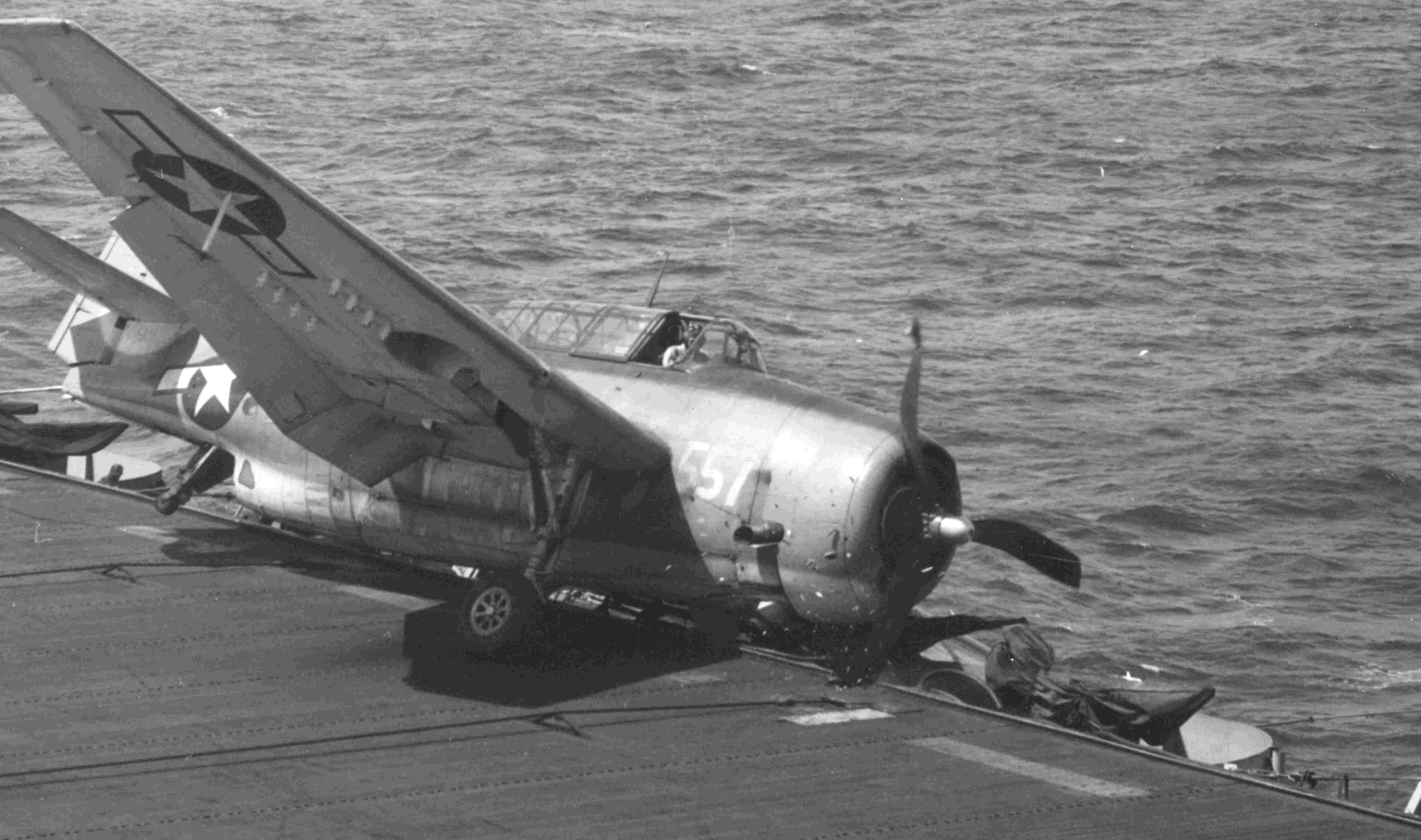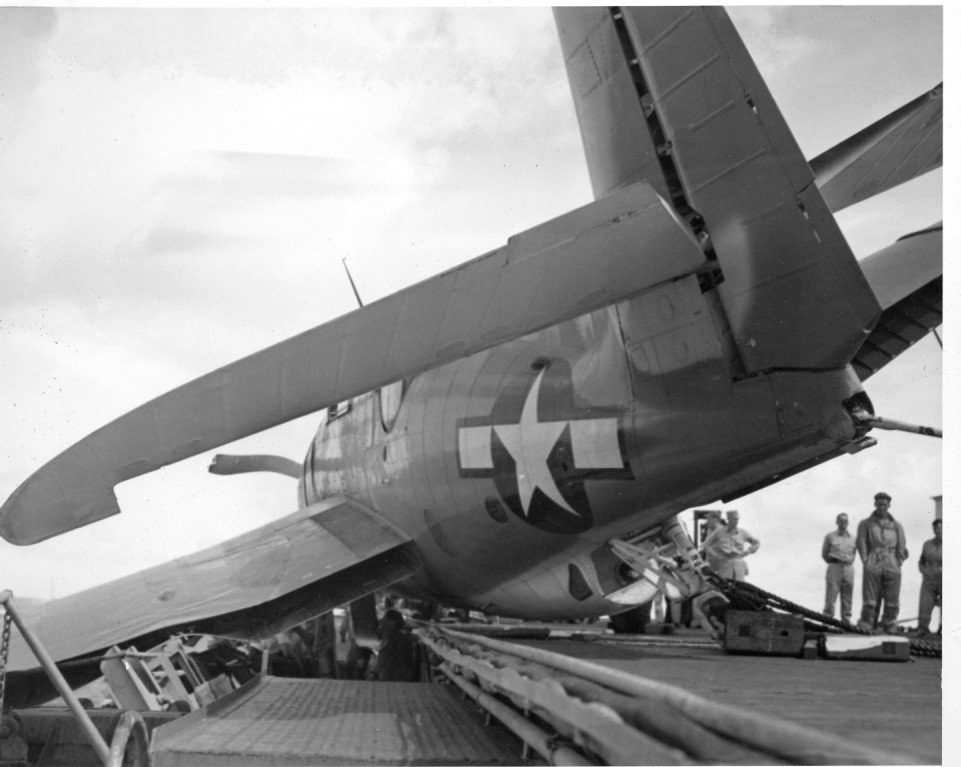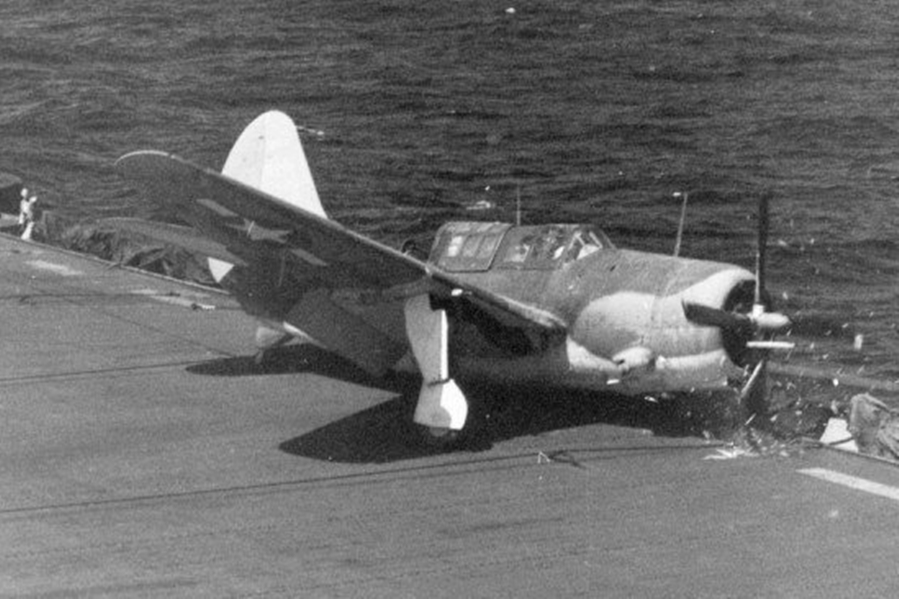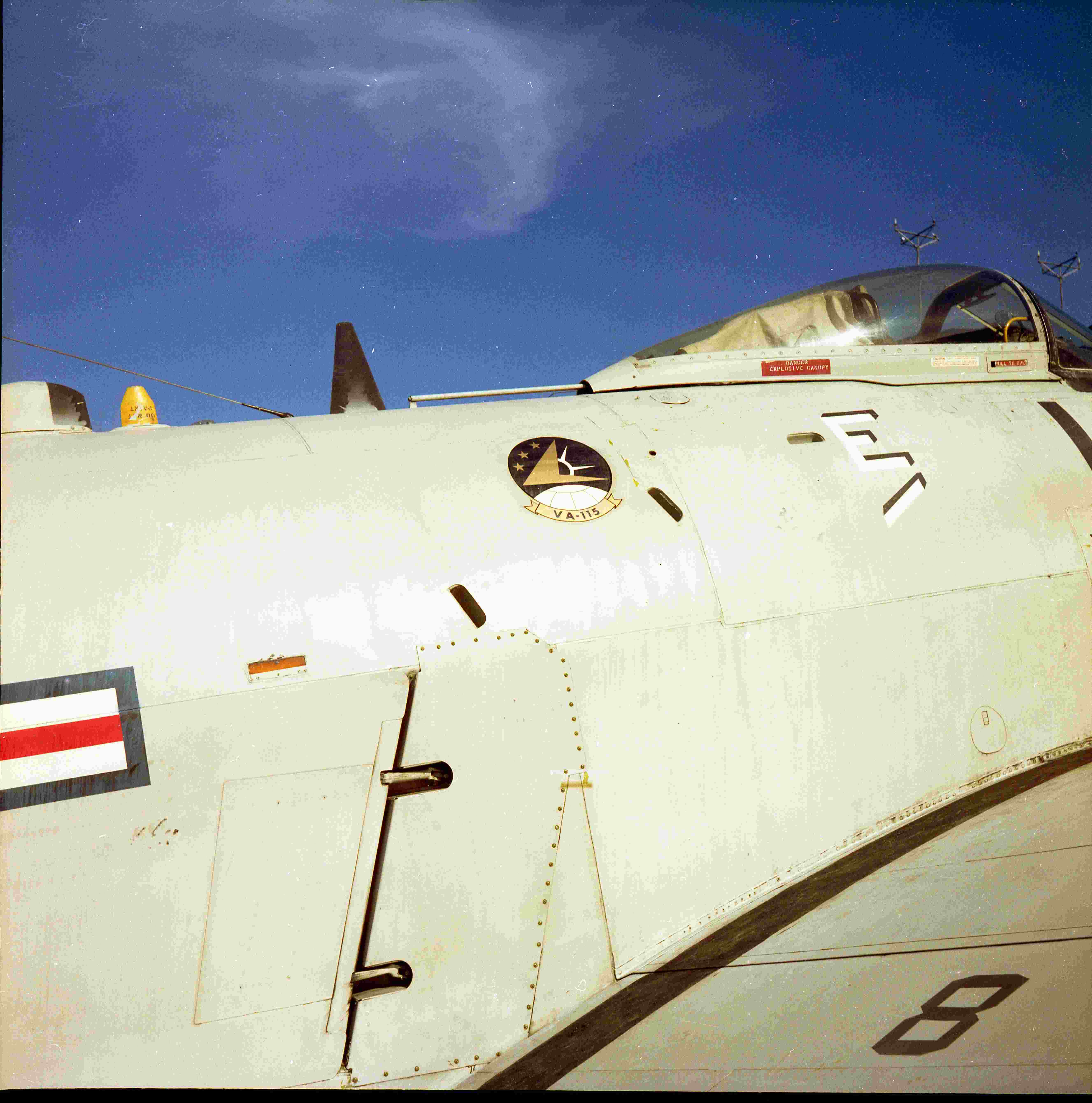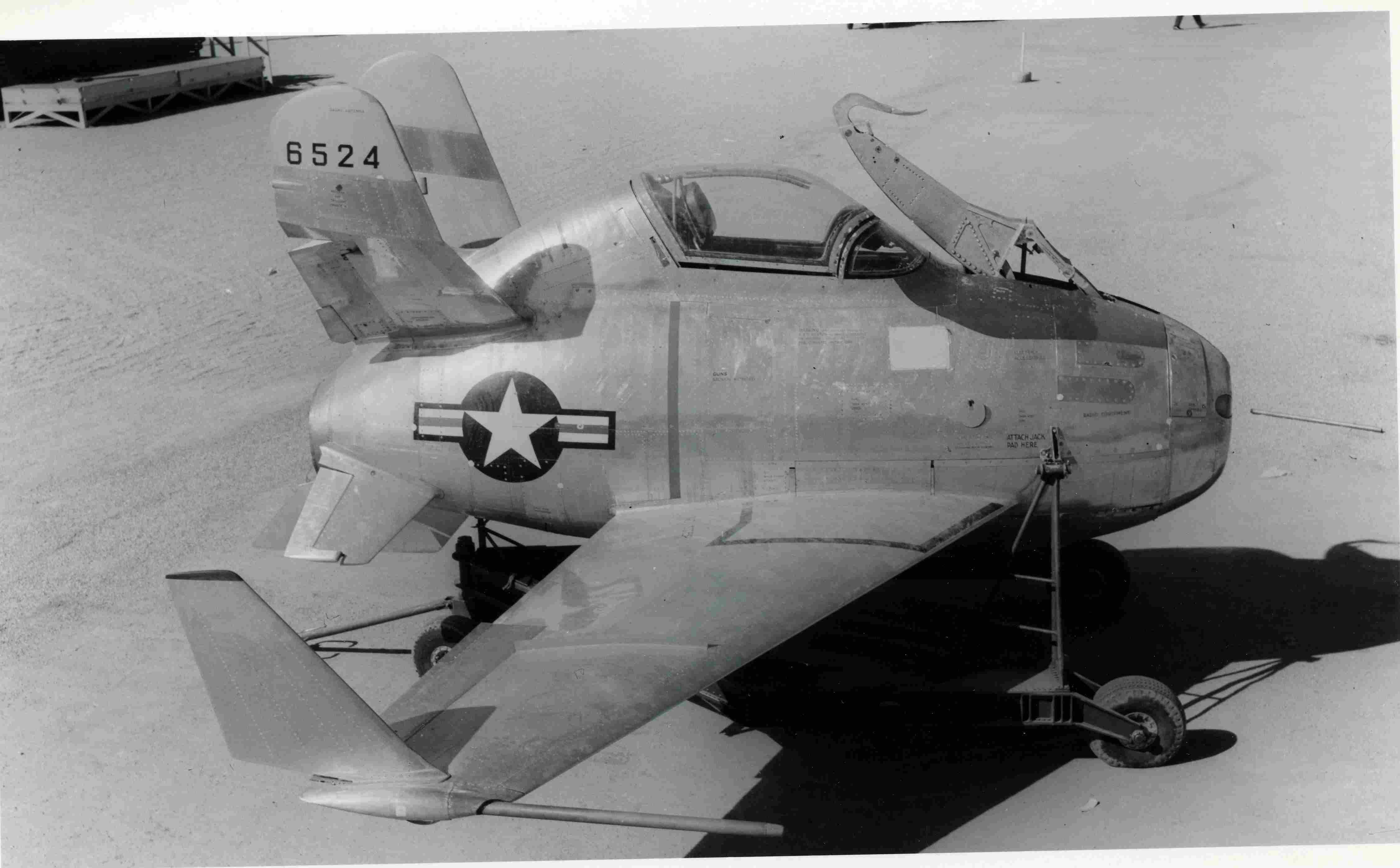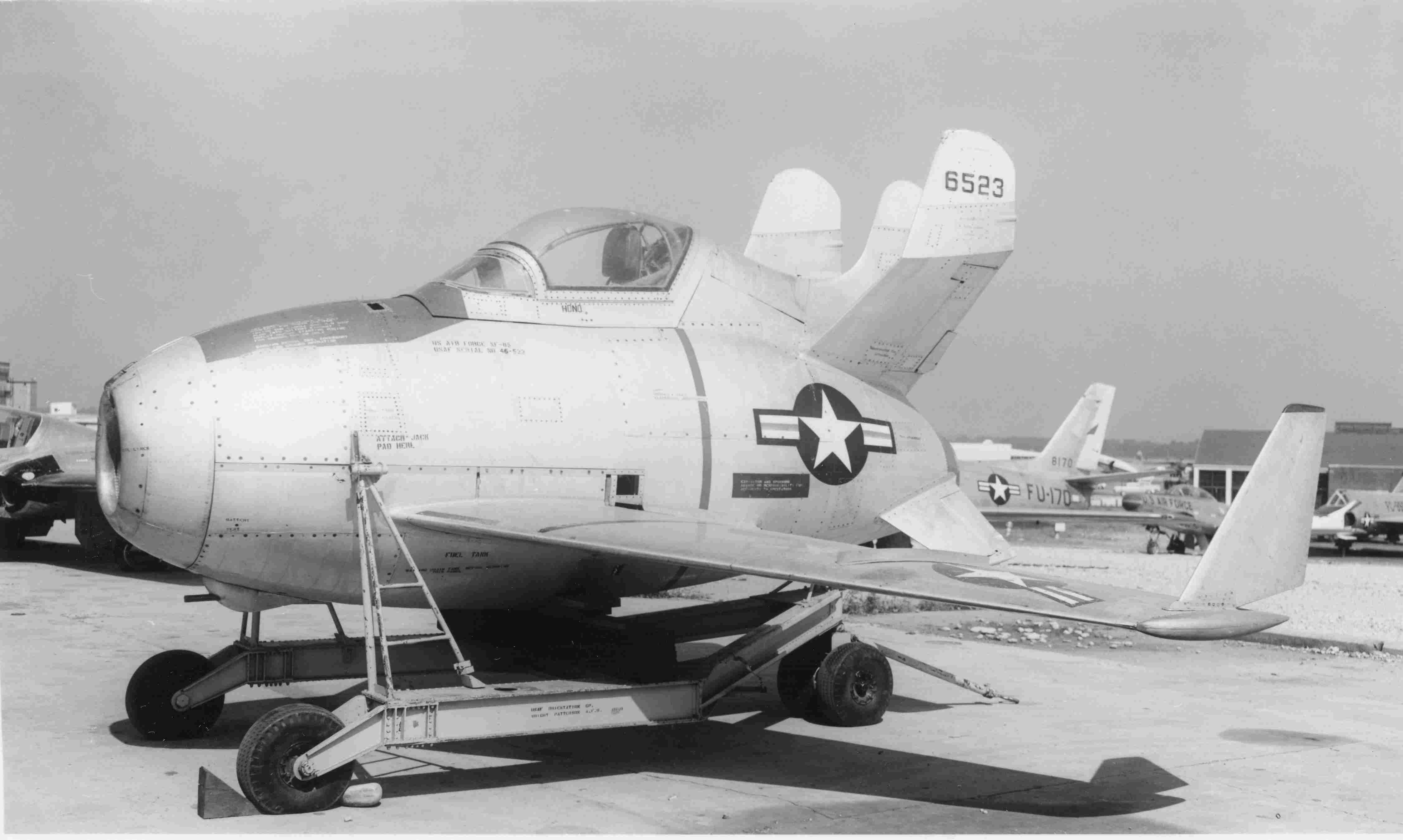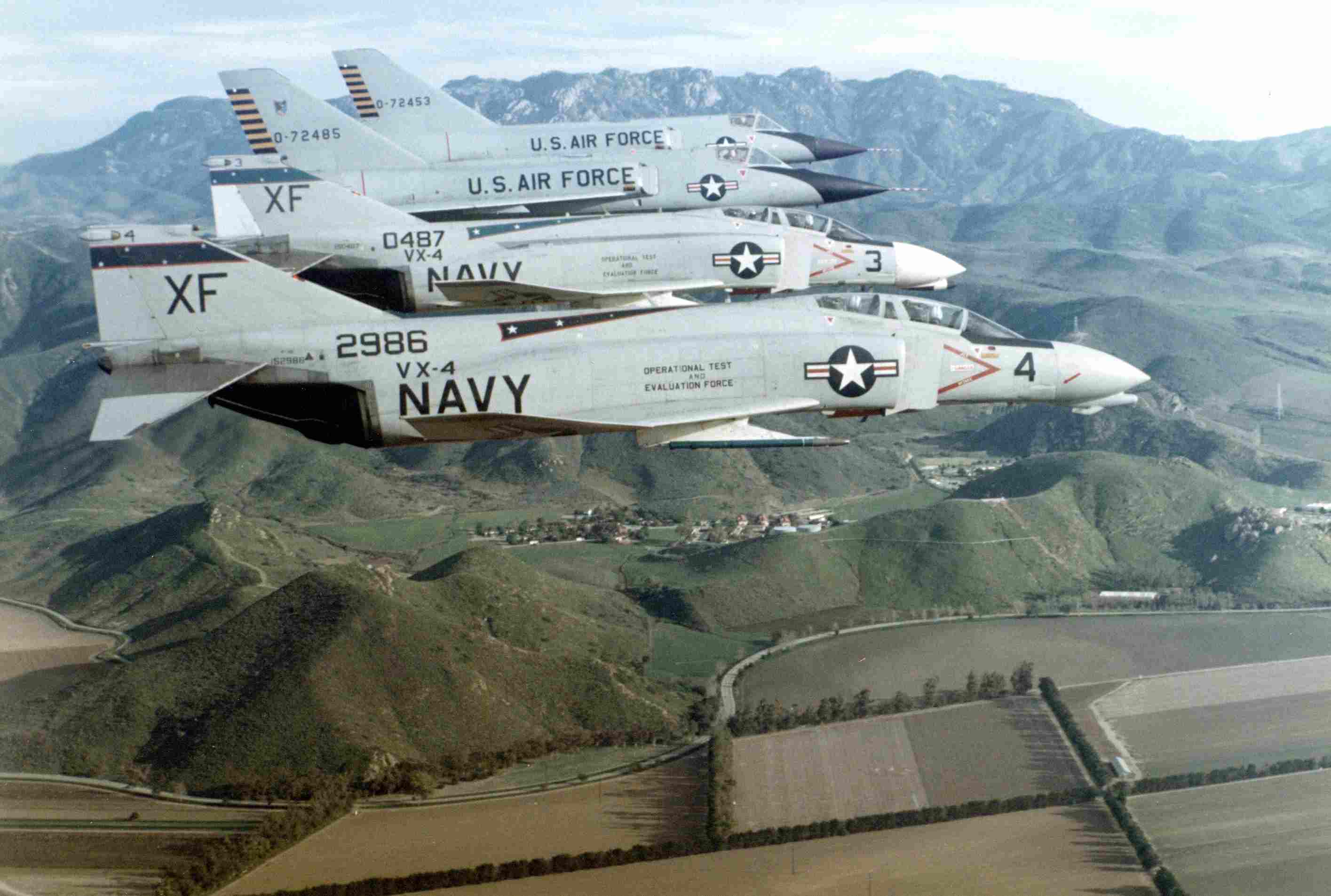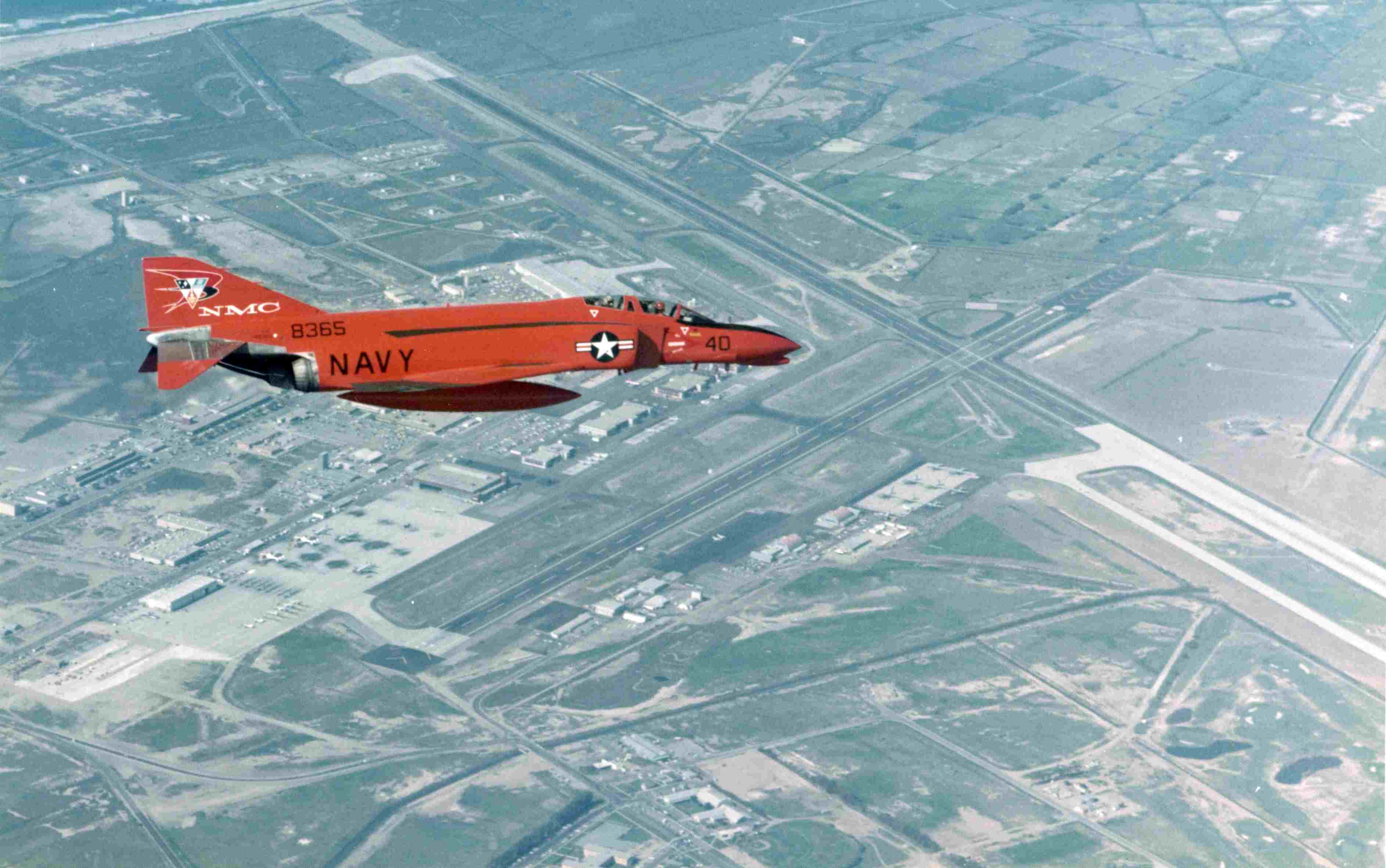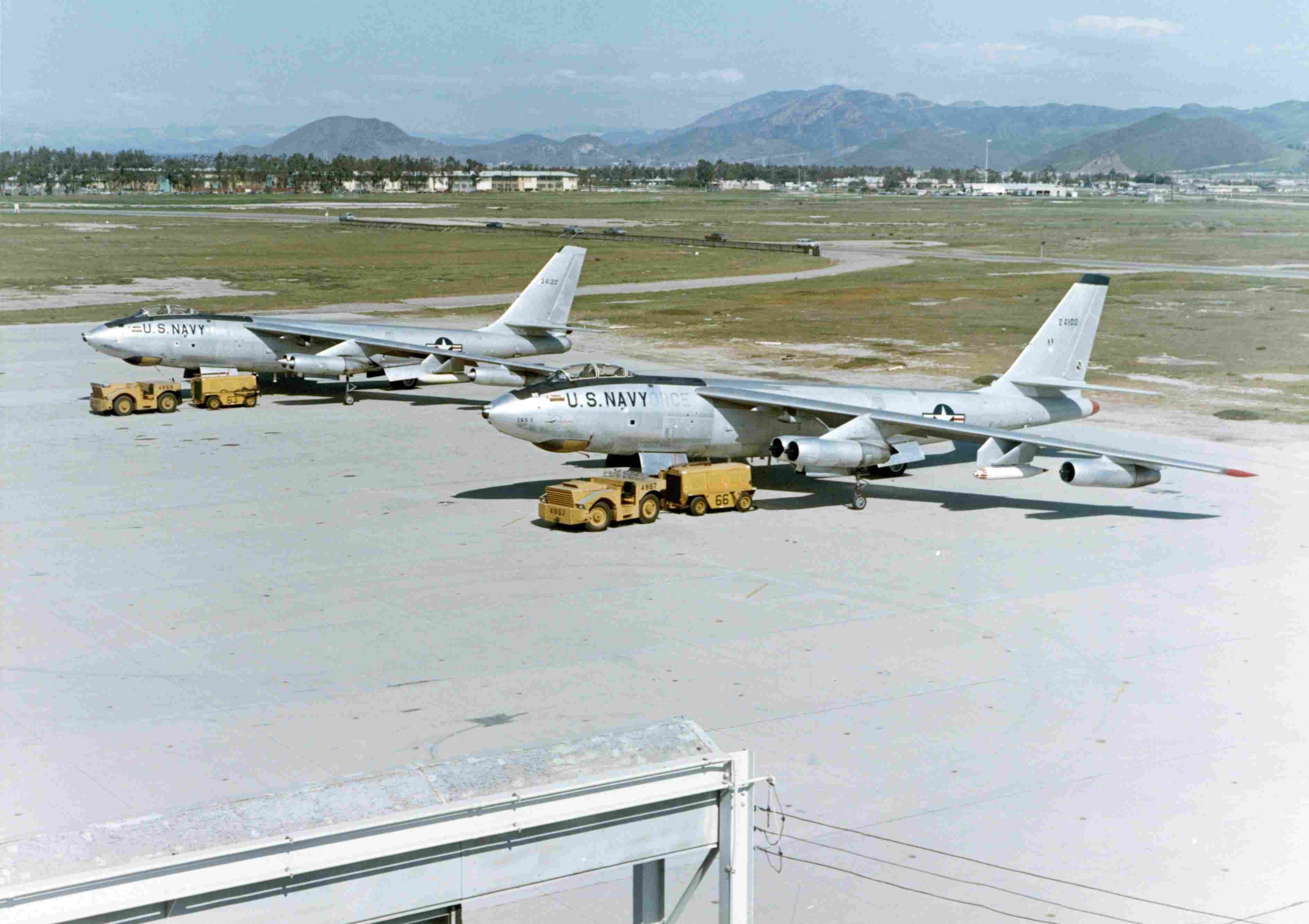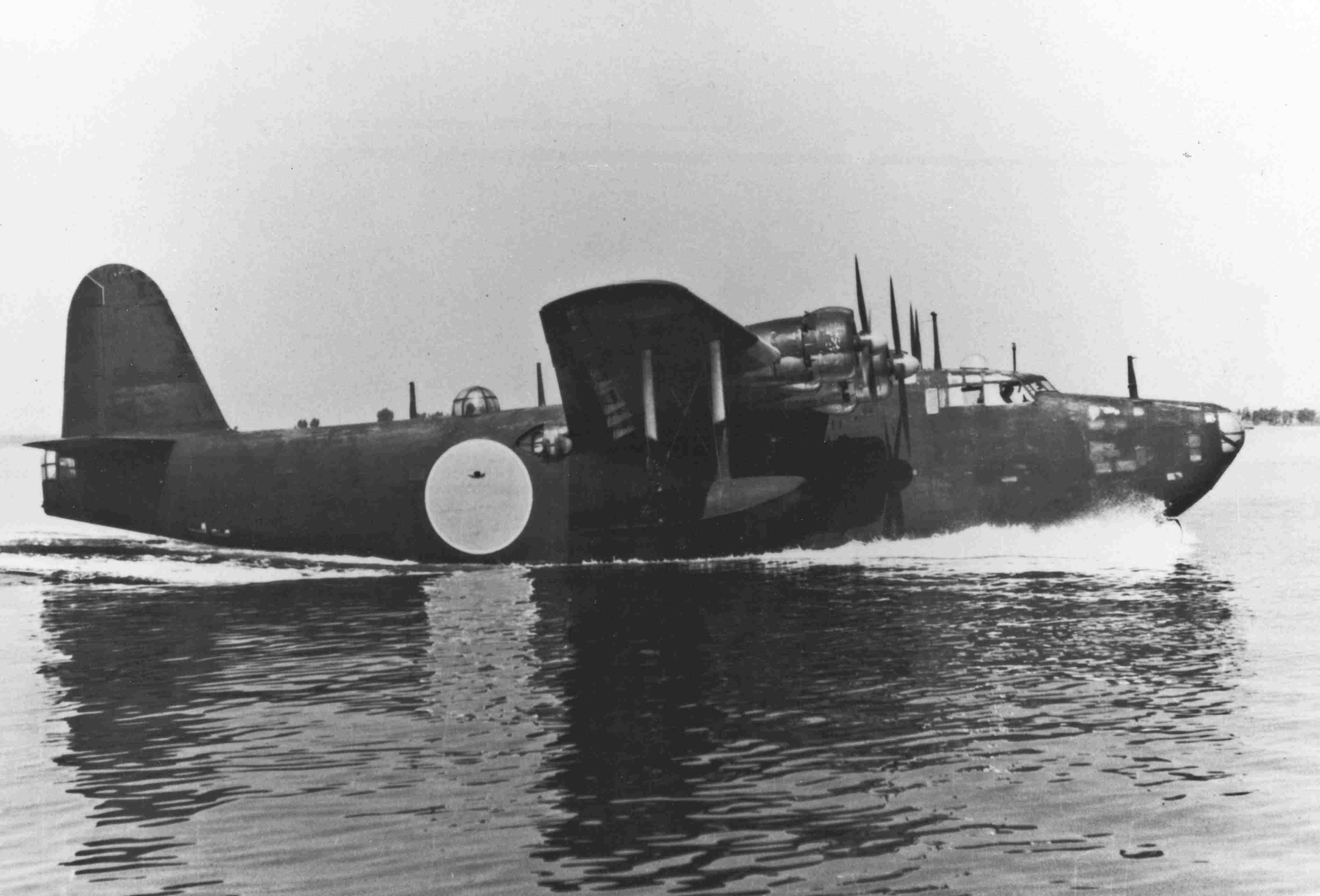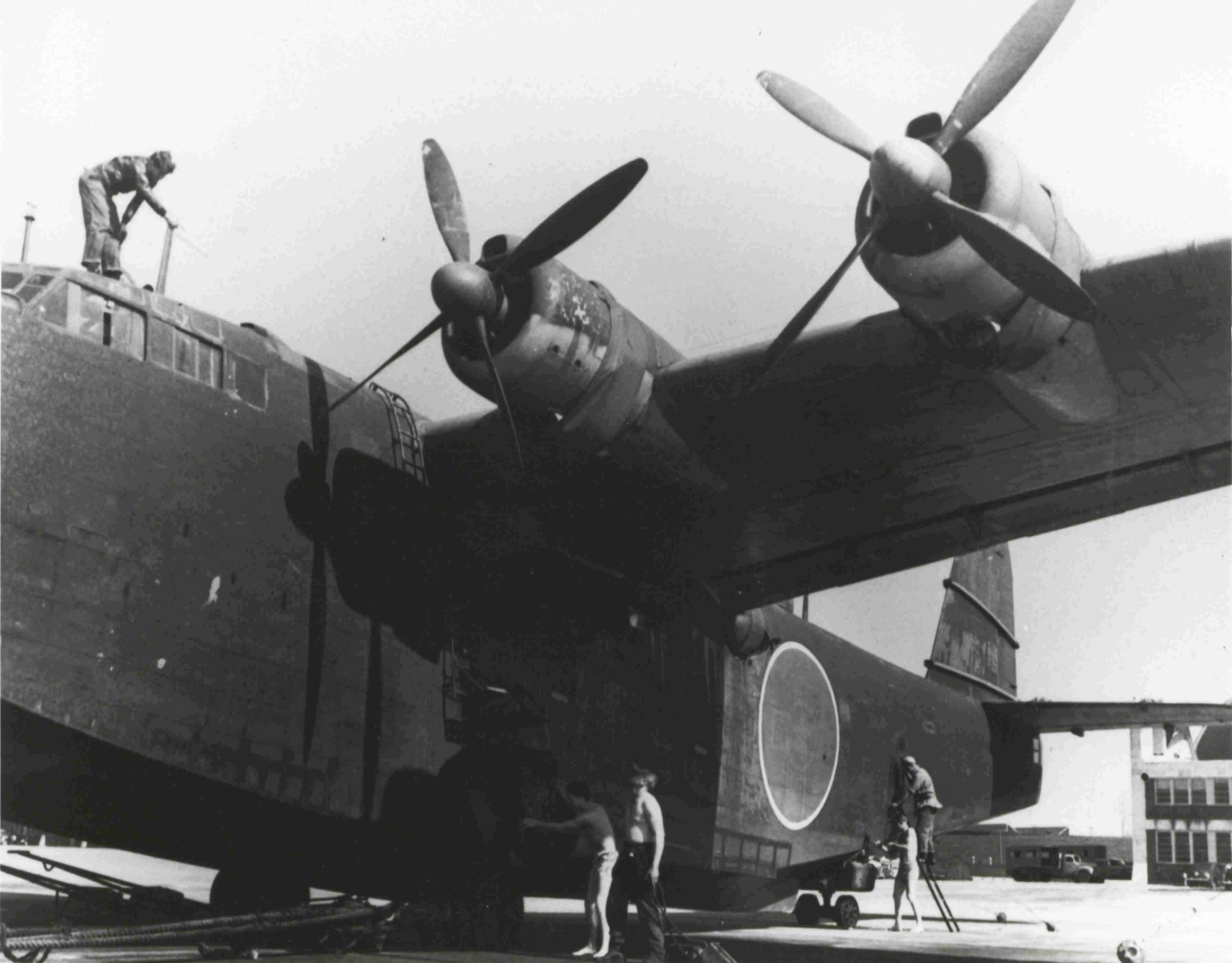UPDATE! *

I do not know the identity of the lovely “Healthiest Girl in America”*, but I do know that “Miss America” was a young beauty named Margaret Ekdahl. It should be mentioned that the quotation marks bracketing her title are not solely for the purpose of appellation: Miss Ekdahl was not the Miss America but rather Miss Florida. However, when this photo was taken in 1930, the Miss America Pageant had been dormant for several years. This lapse provided an opportunity for the City of Miami to create its own contest of the same name. After conveniently disqualifying all out-of-state frontrunners, such as Miss Texas and Miss California, Florida girl Margaret Ekdahl took the prize.
The be-goggled fellow on the left is indeed the pilot, Mr. Jerome Waterhouse (He was also president of Maas Bros. Department Stores). His aircraft of choice looks to be a Brunner-Winkle Bird with a Kinner B5 engine.
Pity the poor sash-less woman next to Mr. Waterhouse – she is the only female in the photo who does not wear a title.
*Update! “Miss Healthiest Girl in America” has been identified by a distinguished visitor to this site, and an impeccable source: Her own proud granddaughter. Grandma’s name: Miss Florence Irene Smock of Eustis, Florida.
At the time she was awarded the “Healthiest Girl” title, she was still a high school student. Young she may have been, but she had already figured out what was good and bad for one’s body. This is evidenced by a New York Times article dated July 23, 1930, where it was declared that “Physicians, nerve specialists and experts in mental and social poise” had proclaimed Miss Smock’s health to be “98.7 per cent perfect.”
Florence Smock lived to be nearly 100 years old.
